When we brought Trokkie in for her 20.000 km service, we were very relieved to see another Hino 500 booked in for its 650.000 km service. Let’s hope Trokkie can also go that long! Thanks Hino Tshwane for the great hospitality: we were allowed to sleep inside their grounds the night prior to the service, we were given table and chairs so we could work on the computer for the few hours it would take to service Trokkie, and we received a complimentary mid-morning pie and cool drink and a cap! Thanks guys- it was great meeting you!
After her service done and dusted and ready for the next 20.000 km we hit the road towards Kruger National Park. In our 38 years in South Africa, we have been there only a few times: some 35 years ago and then again about 5 years ago.
Now… with lots of time on our hands we planned a whole week in the park. As you are not allowed to be anywhere in the park outside a gate after 6pm, we booked in at a few of the camps and planned a route from the south to the north.
As we now have all the time in the world, we decided to take a few zig-zags to see a few more mountain passes and pretty scenery via Middelburg, where we made a small detour to the Mapoch Caves. That’s a small heritage site dedicated to Ndebele building techniques that seems to have featured prominently in a local tribal war and is a combo of settlement and defense cave and wall building. We followed the arrows in anticipation of finding a sort of reception or entry kiosk. Nothing of the sort. We passed through a gate and there was a statue of an Ndebele chief, but further exploration unearthed nobody to help us. We could see a small road going up to a rock formation of sorts. We parked the truck and continued on foot. At the top we found a whole development of man build walls that could indeed have been a defense situation with caves further up. As this was totally unguided we didn’t venture inside the caves at the risk of getting lost. When we walked back to Trokkie, she was accompanied by a herd of cows and their babies. Still not a soul around. So we left!
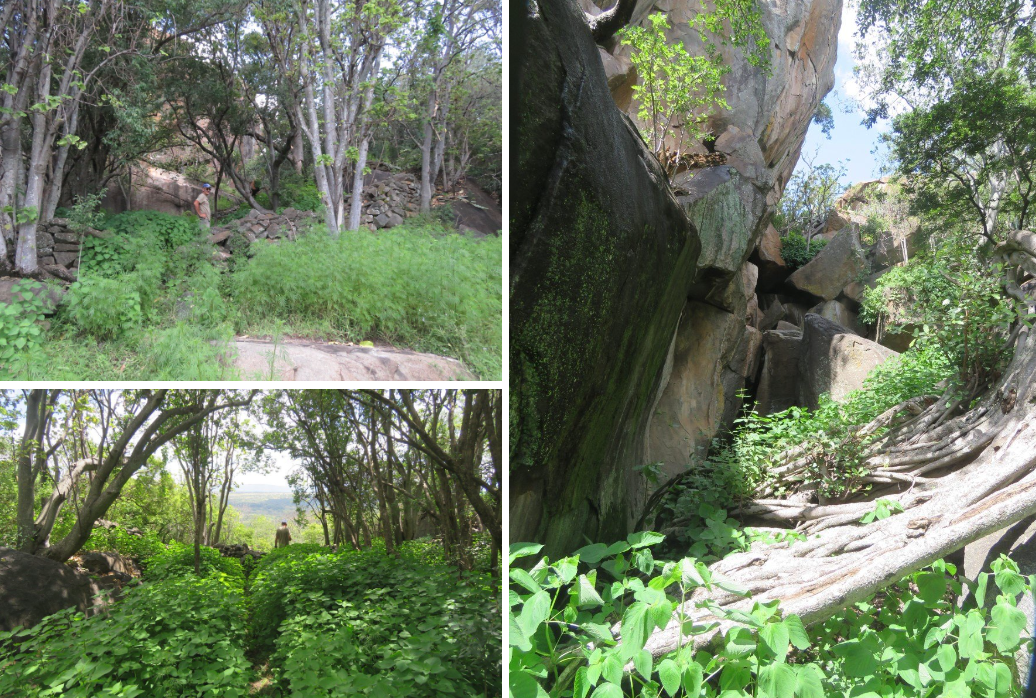
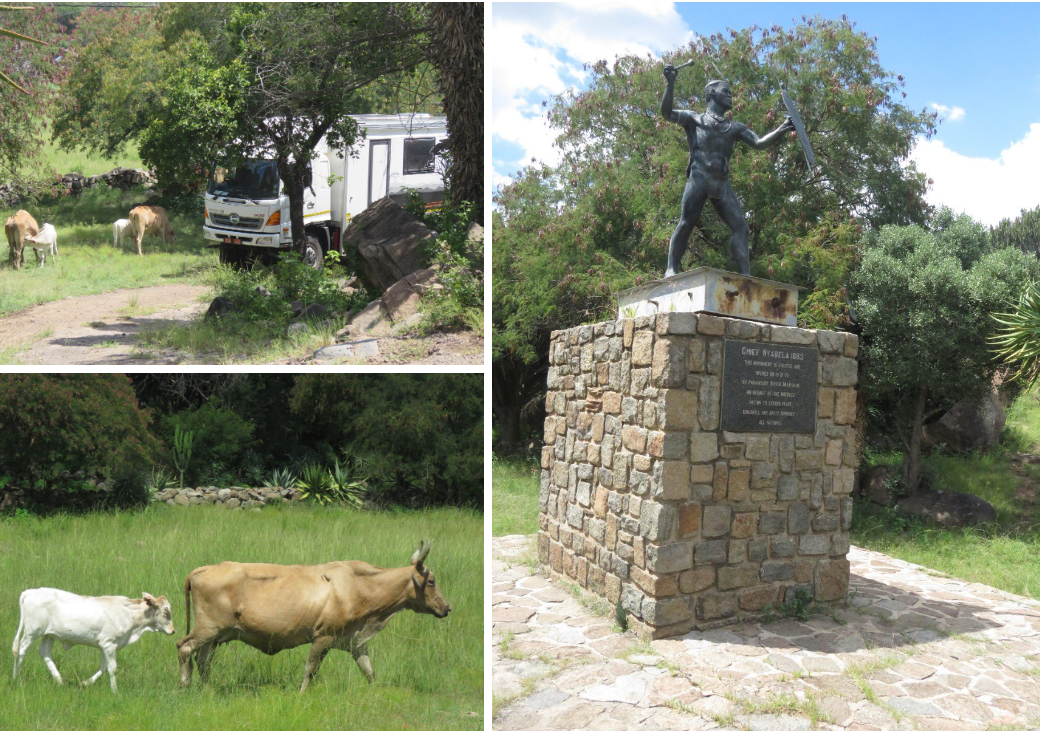
We continued to Roossenekal where we turned right on the gravel road to Dullstroom through the beautiful landscape adjoining the Tonteldoos Nature Reserve. We saw heaps of sheep and the odd farmer who had been playing around with a little bit of “land art” at his fence! We also saw masses of the pretty kosmos flowers sitting like pink and white marshmallows at the edge of fields and roads. It is such a humble and unassuming veld flower, but we love it to bits. They look frail as if they are made of tissue paper and can disintegrate on the spot and still you see them waving from the roadside by the millions.
The weather was thunderous and the skies darkened by the minute and when we arrived in Dullstroom we decided to treat ourselves to supper at a local restaurant. After the meal with the accompanying bottle of wine we retired to our home on wheels and slept in the street.
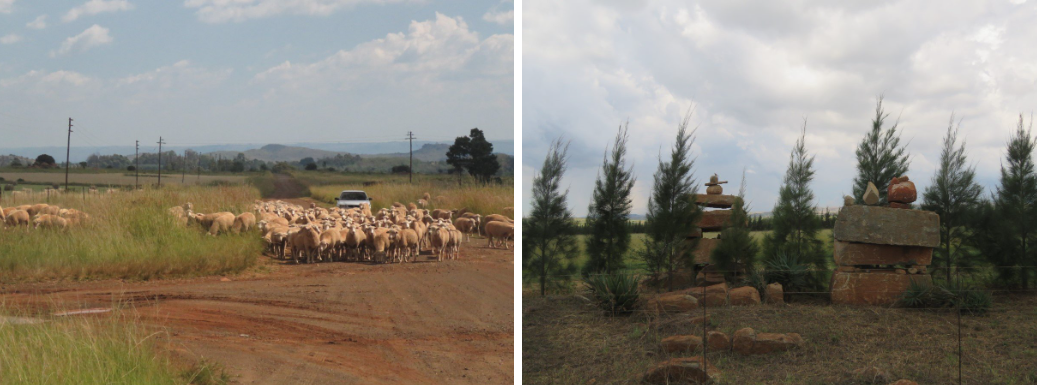
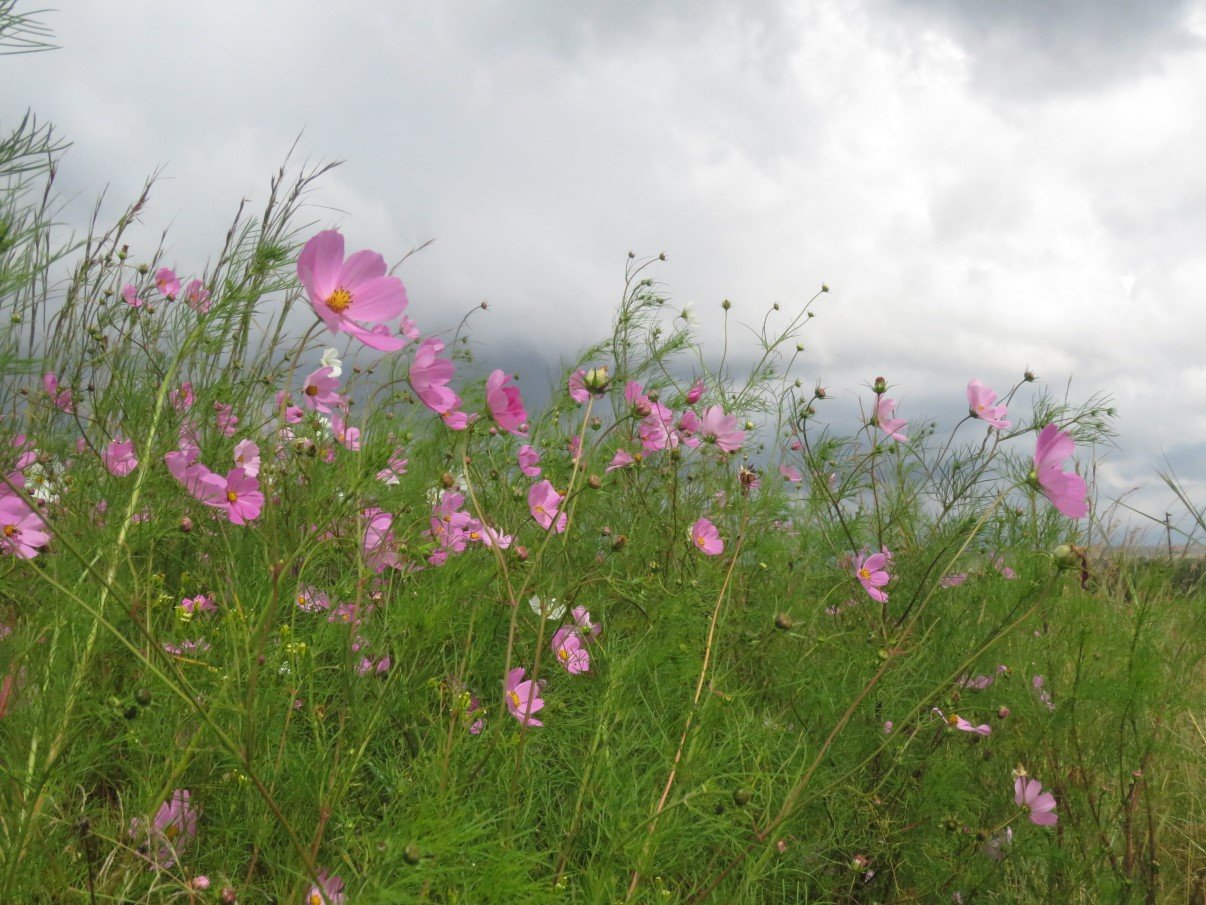
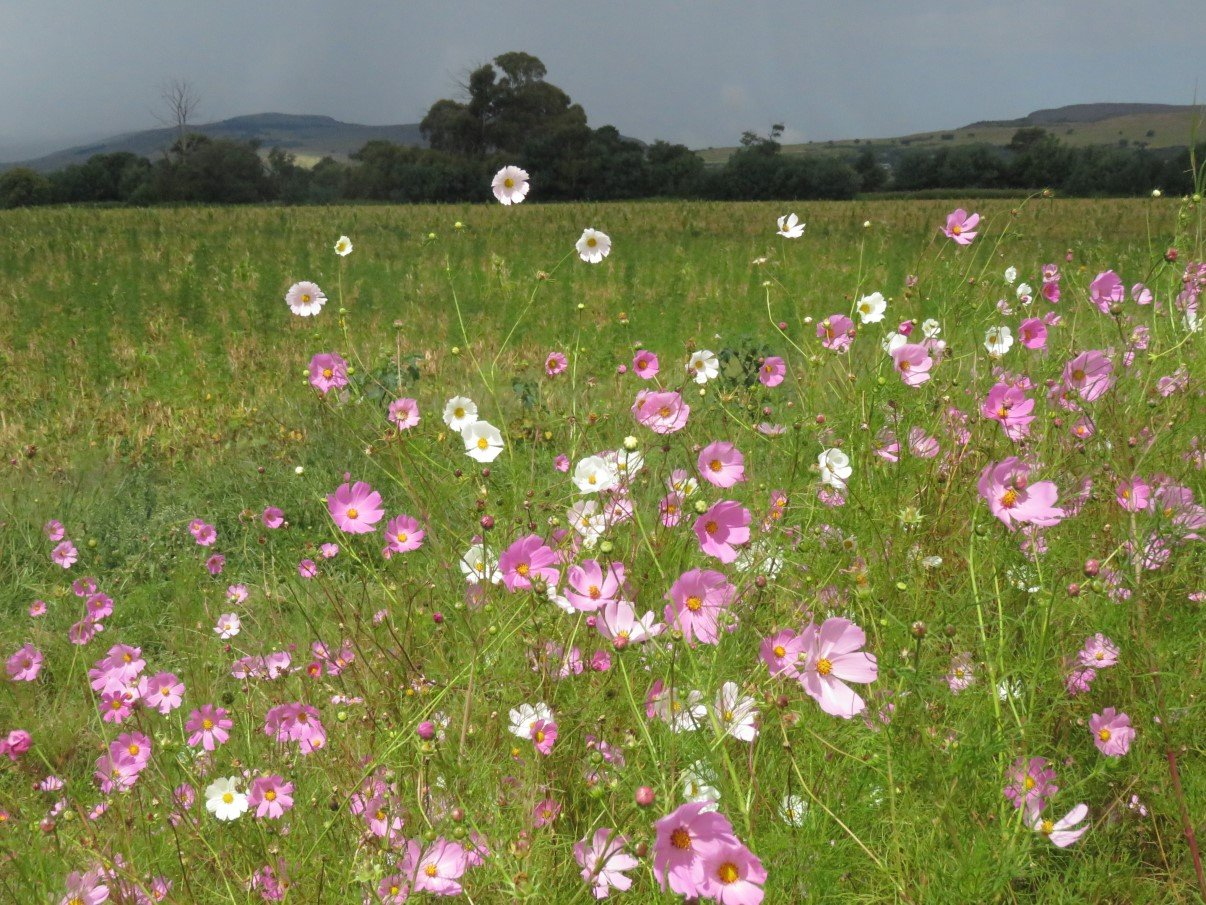
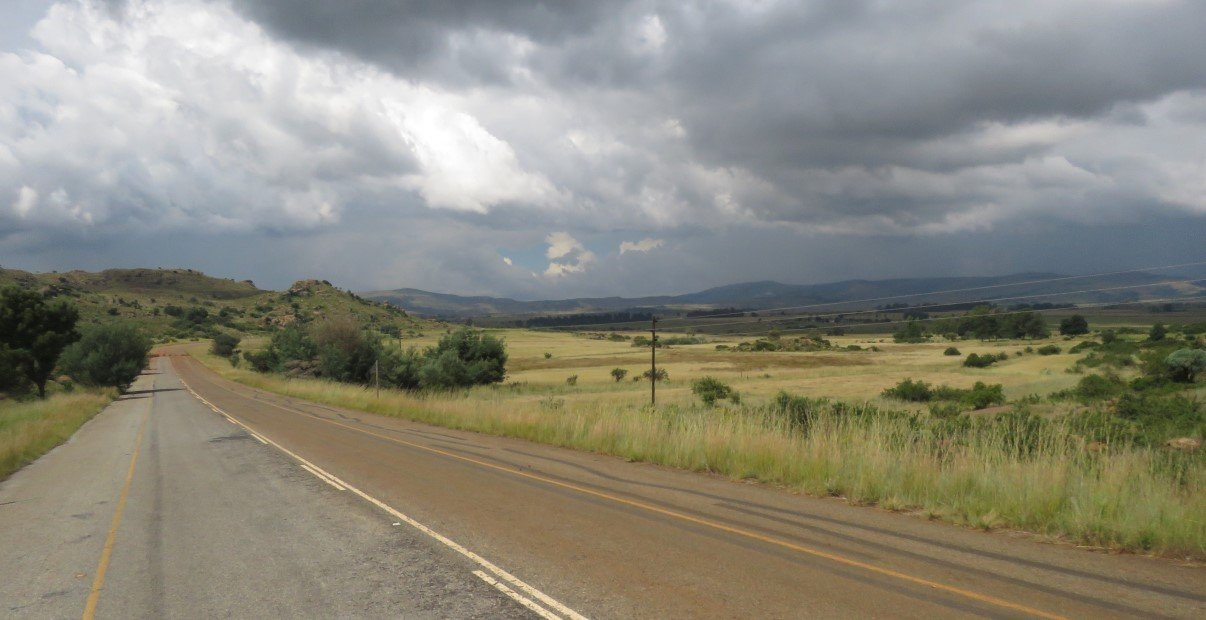
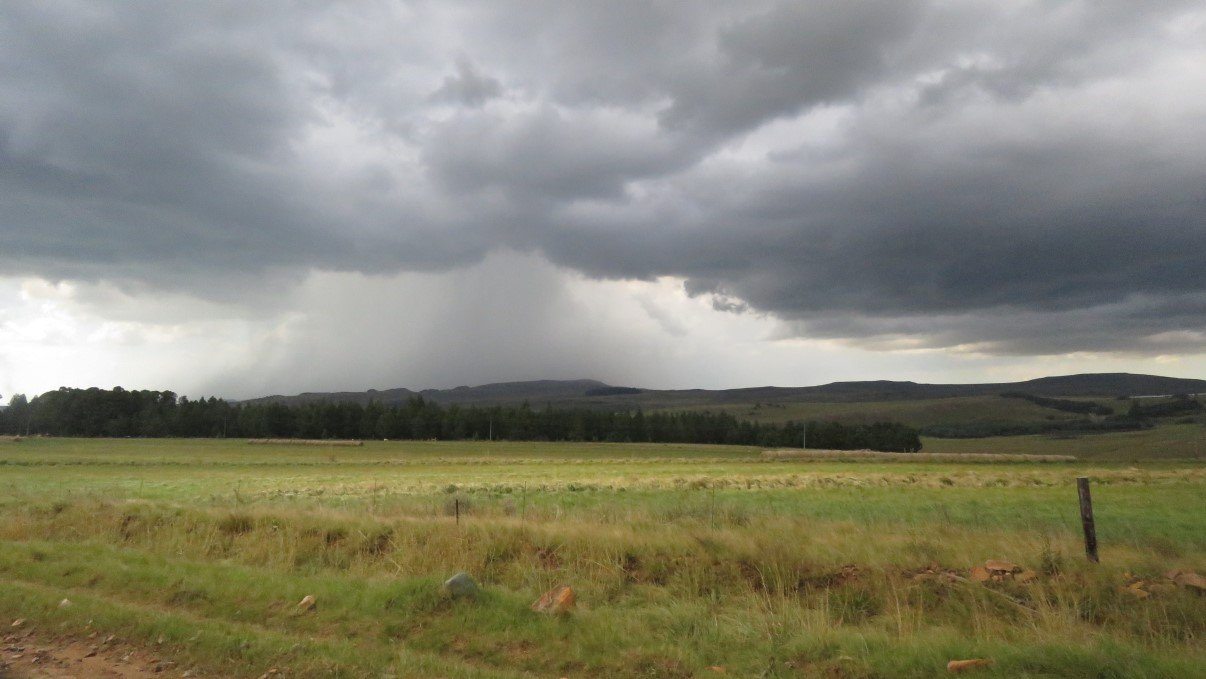
Next morning we drove to Lydenburg where we took the spectacular Long Tom Pass and the beautiful pine forests of Mpumalanga to Malalane. Just past the highest point of the pass, you can find Hops Hollows, the highest brewery in Africa. (The Sani Pass Pub is the highest PUB in Africa). Although we passed it by this time… we came back after Easter. In anticipation of our camping in Kruger National Park we bought some wood from the informal traders at the side of the road. We were quite surprised to see how homely and pretty they make their “place of work”: flowerpots and rosebushes in abundance to pretty up their tin shack.
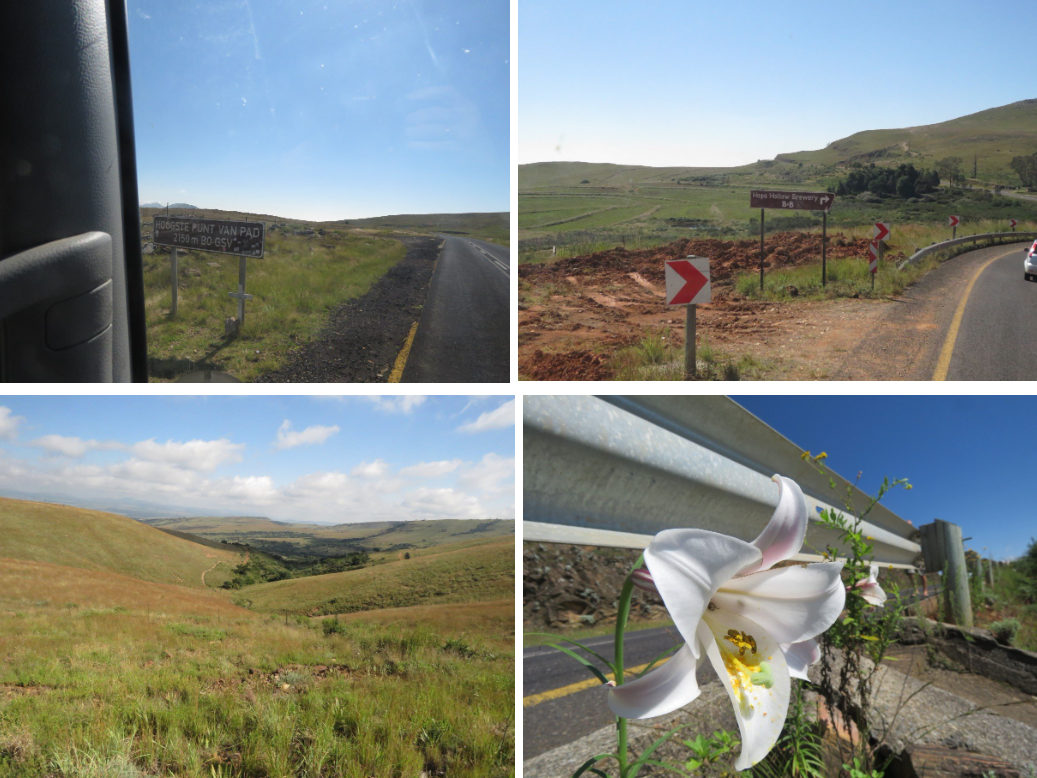
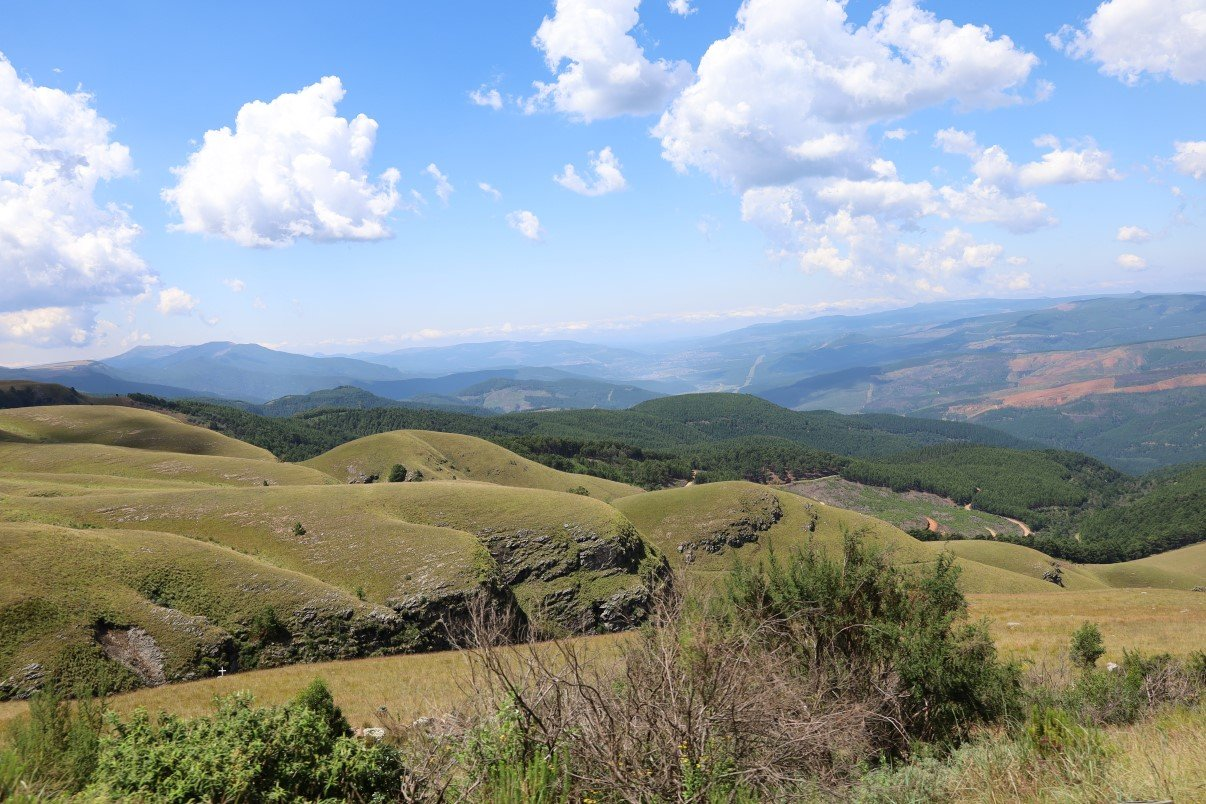
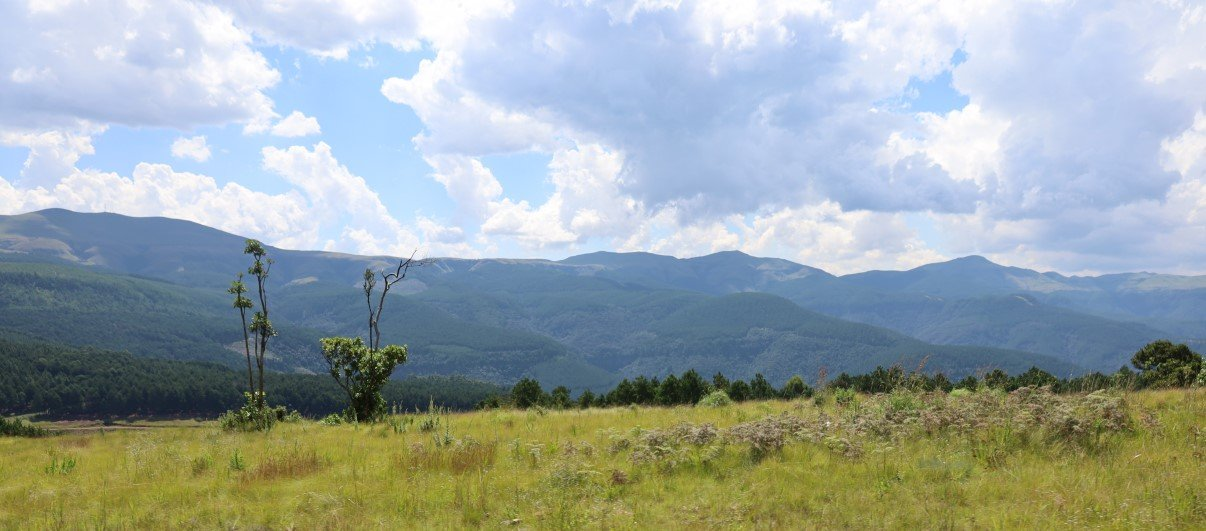
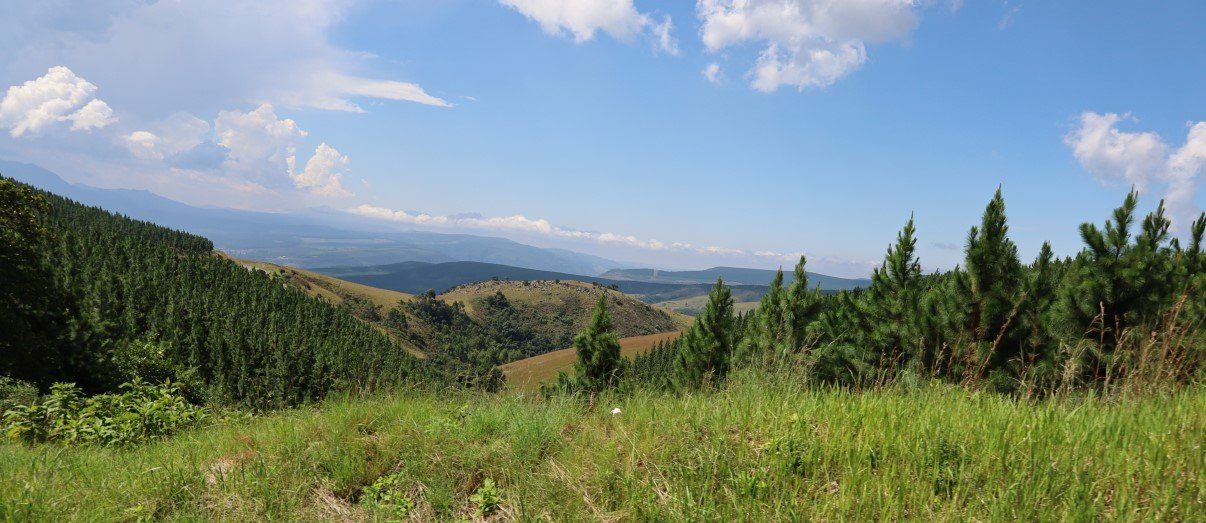
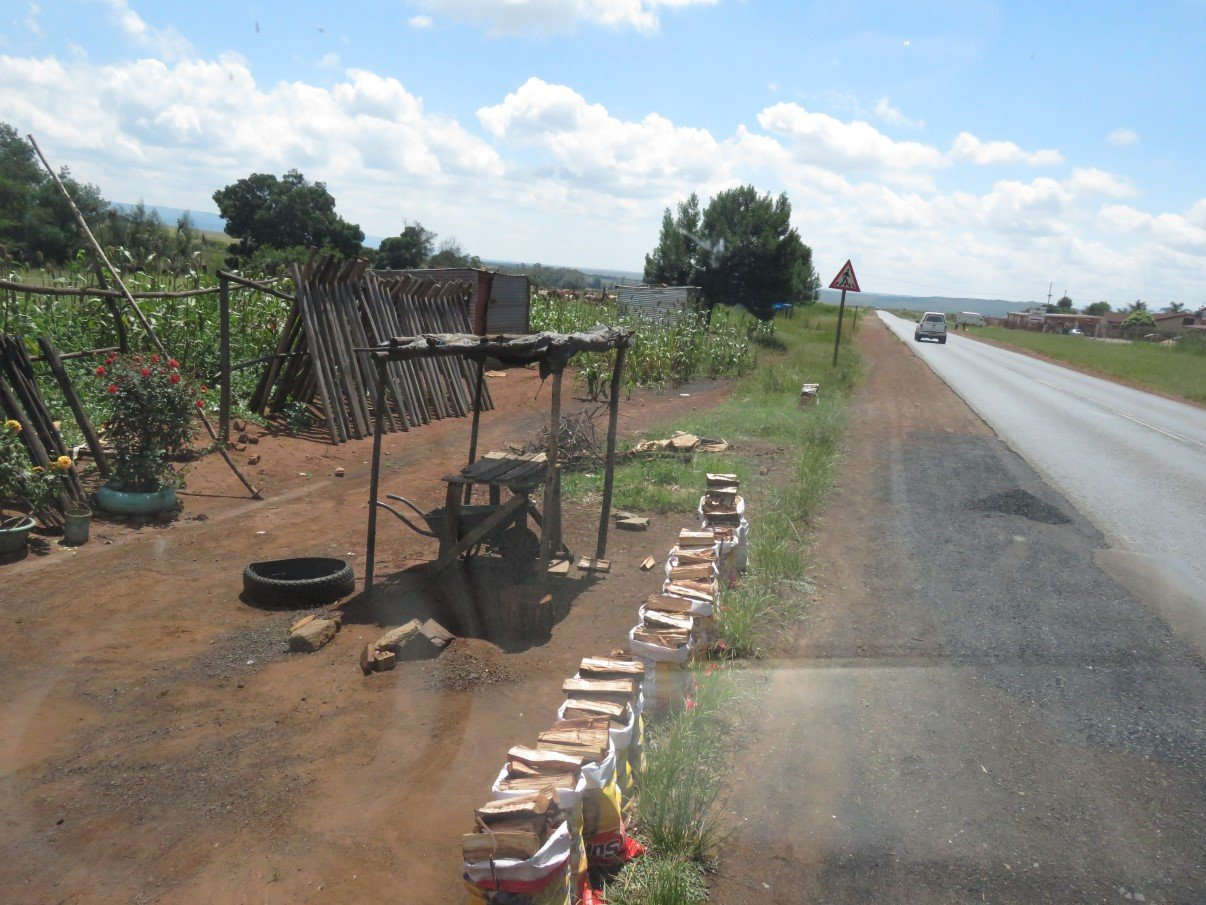
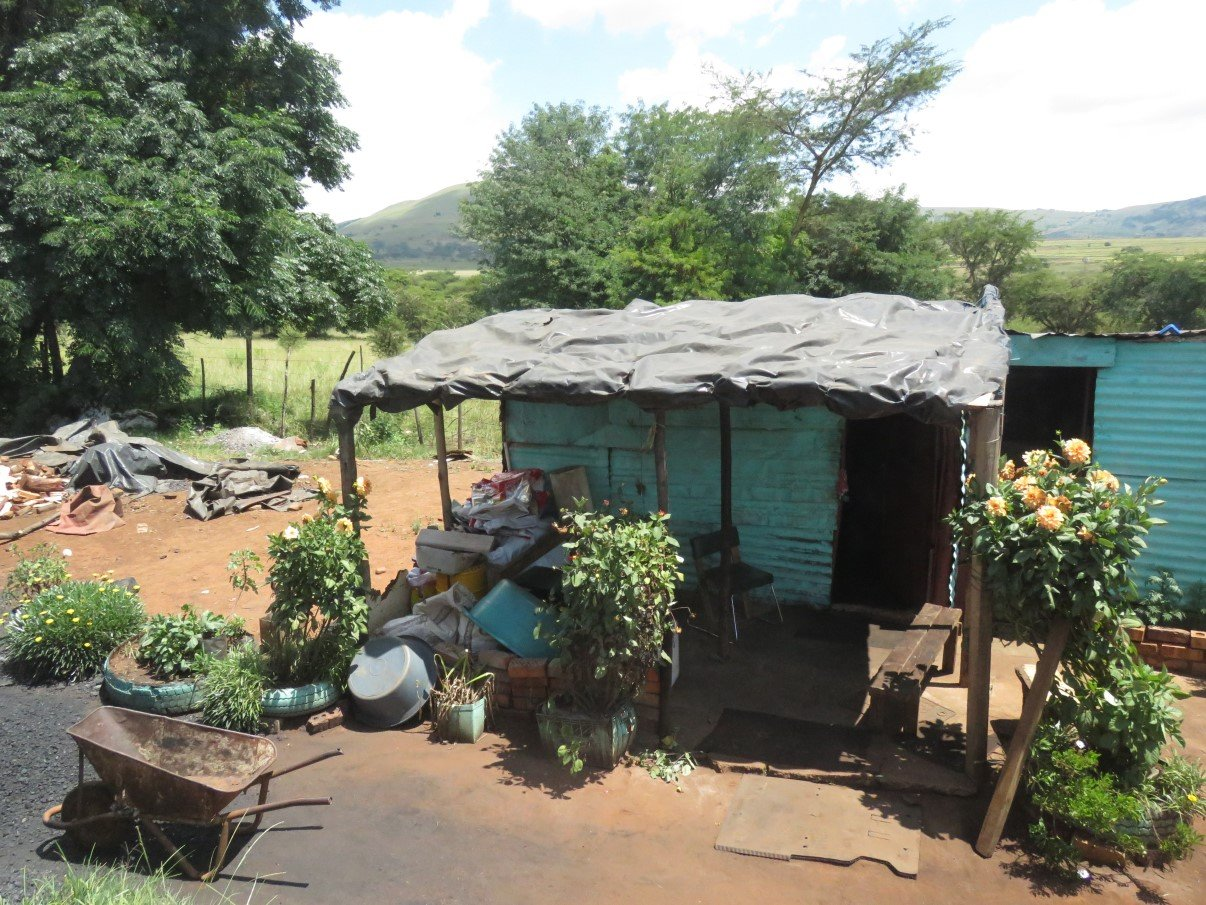
When we eventually ended up at Malalane to fill up our tanks and two extra 20 liter jerry cans for just in case, a car pulled up and low and behold… there was our niece Evelien and her partner Nick on their way to Tonga. We cleared some space in our messy truck and enjoyed a catch up session with a glass of wine, right there on the parking lot of the petrol station. After saying our goodbyes, we stayed put for the night at the petrol station in order to leave early the following day to enter Kruger National Park via the Malalane gate.
After that… it was 7 days of bird watching, counting millions of impala, hoping to see big cats and being amazed at the expanse of this park. For us- Belgians from origin- the mere dimensions of this park still boggles the mind! The park is just a teeny weeny bit smaller than Belgium and it is impossible for anyone living in Belgium to imagine that 90% of the country would be one big wilderness with free roaming animals! (Similar comparison to Anna Creek Cattle Station near Coober Pedy in Australia, which is even a tiny bit BIGGER than Belgium... and only for cattle!). We enjoyed it so much that we came back a few days later for another week.
(We have been taking so many photos and video clips and the editing of the video clips is so time consuming, that all video’s about our Kruger time will follow at a later stage – keep on the lookout on our Youtube channel)
Our Kruger story is not in any particular order, but rather a line up of our experiences and special moments of the two periods we spent in the park (7 to 14 March and 23 March to 1 April) which are not necessarily solely focused on the Big 5. Sometimes we see other things than wildlife and sometimes we think think people must call us crazy when they see us parked along the roadside photographing something, ask what we see and our response is: a spiderweb! (one learns: whenever a vehicle is standing still you ask the question: what are they seeing!)
Talking about the spider nests: we saw heaps of them! Spiky balls of dried leaves entwined in the silky white spider threads and can house in excess of 100 social spiders. And between the bushes and trees we sometimes saw spider webs of about two square meter! The one bridge we crossed was covered with a lacey net of spider webs.
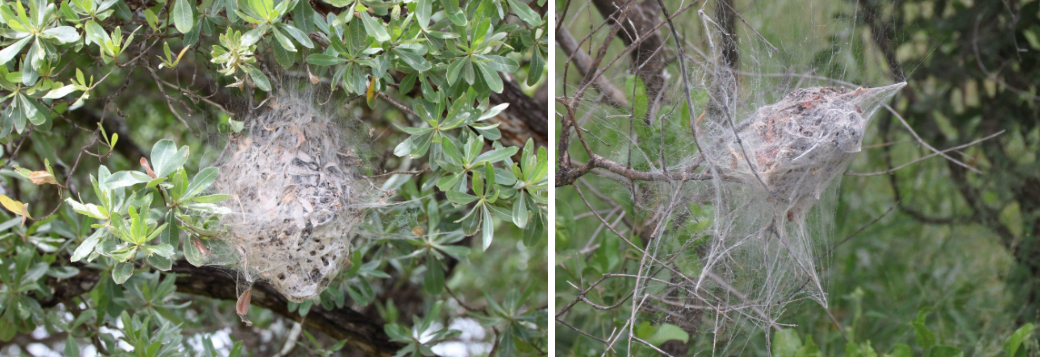
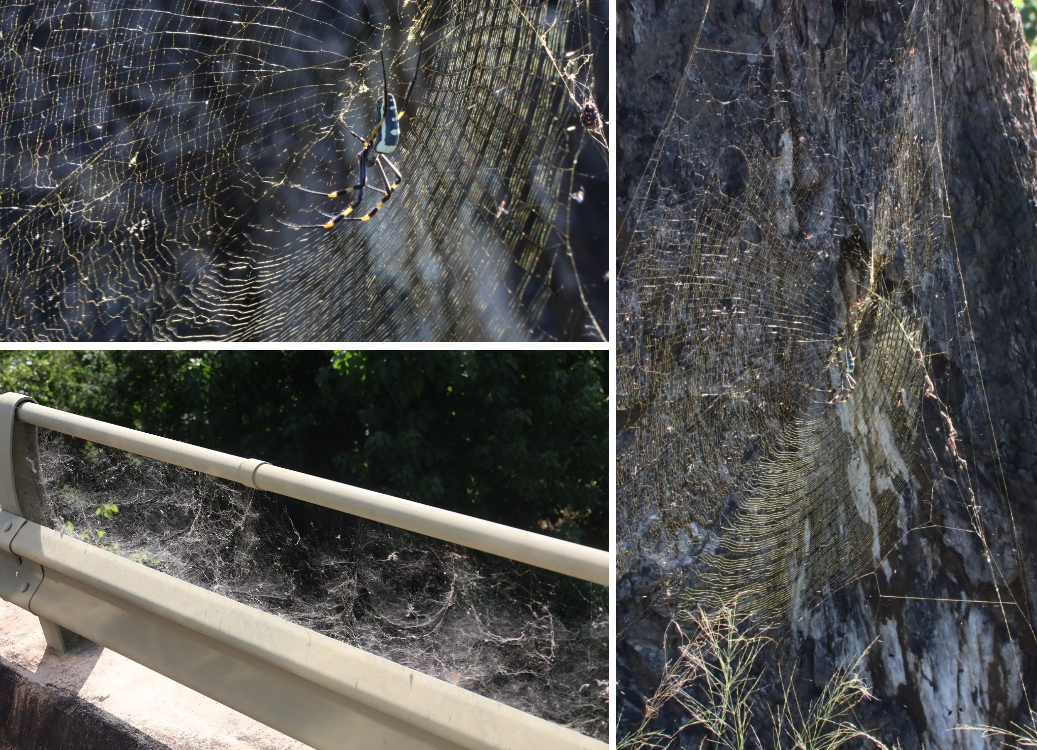
We realize every time again that the spotting of game is not only a matter of “game trained” eyes, but also being at the right place at the right moment. We had an amazing sighting of a group of about 10 hyena’s coming to play on the road. After a while though they disappeared into the bush again and it was is if they had never been there. We were lucky to see a herd of buffalo crossing the road- reasonably close by- and 10 minutes later they had steadily moved into the grassy fields towards the horizon and were just mere black dots moving through the yellow grass. Same with the elephants: now they block the road, the next minute they’re back in the bush and you’ve got trouble finding them. It always amazes us how such big animals can just go up in smoke like that!
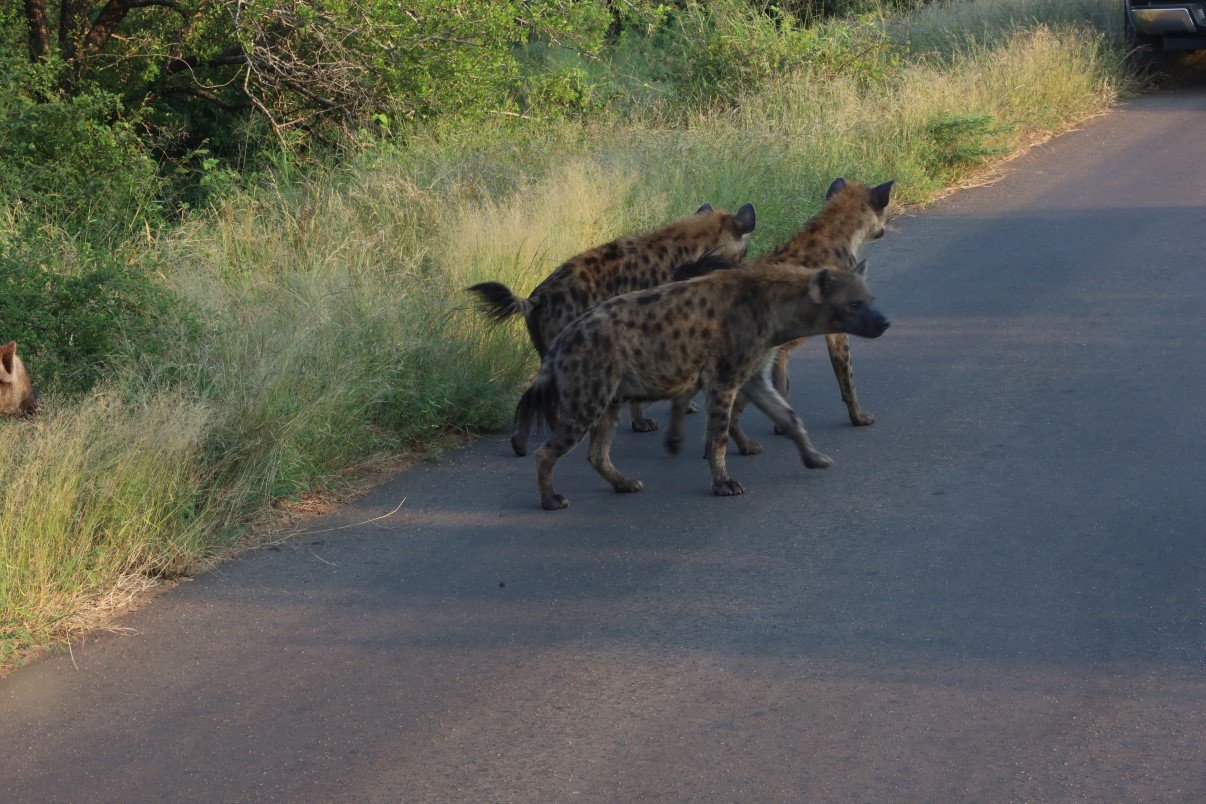
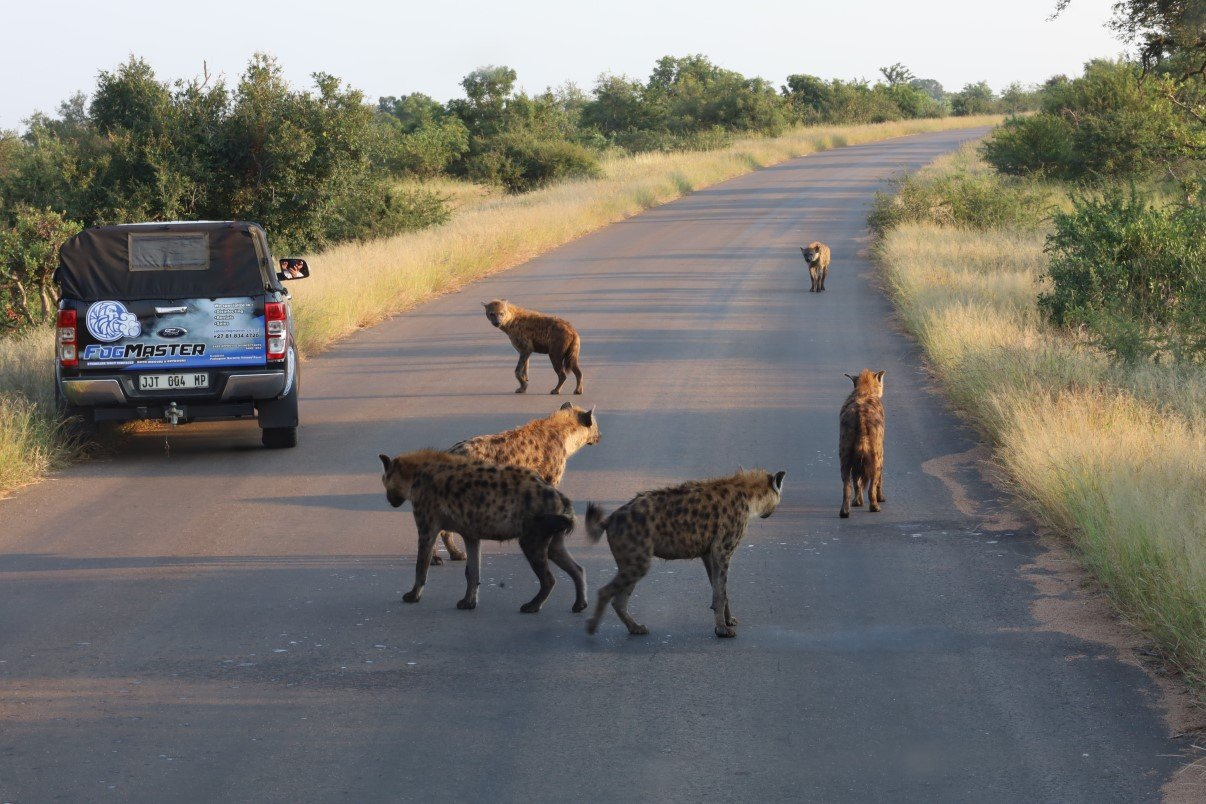
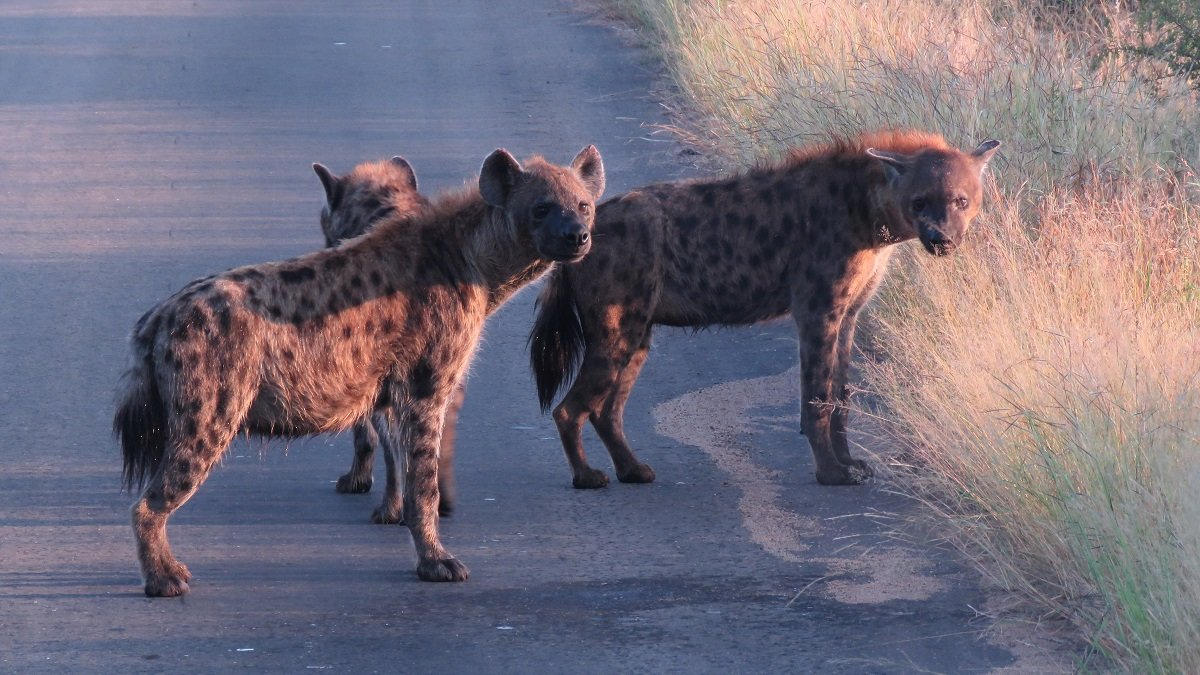
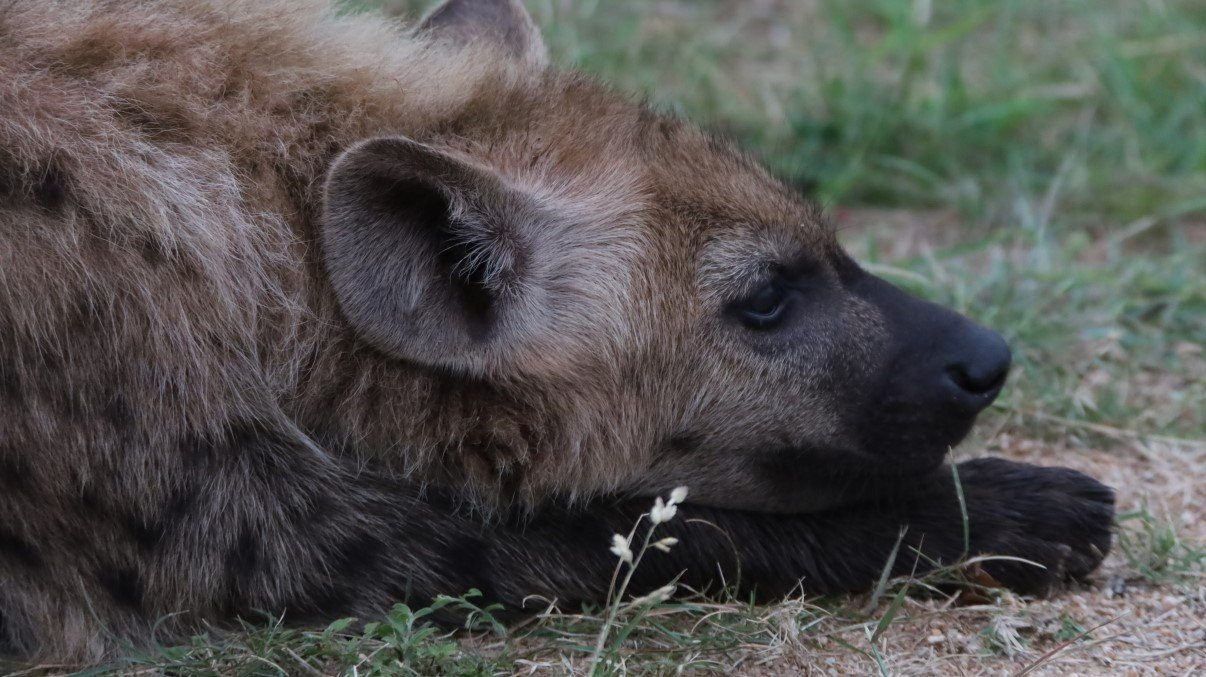
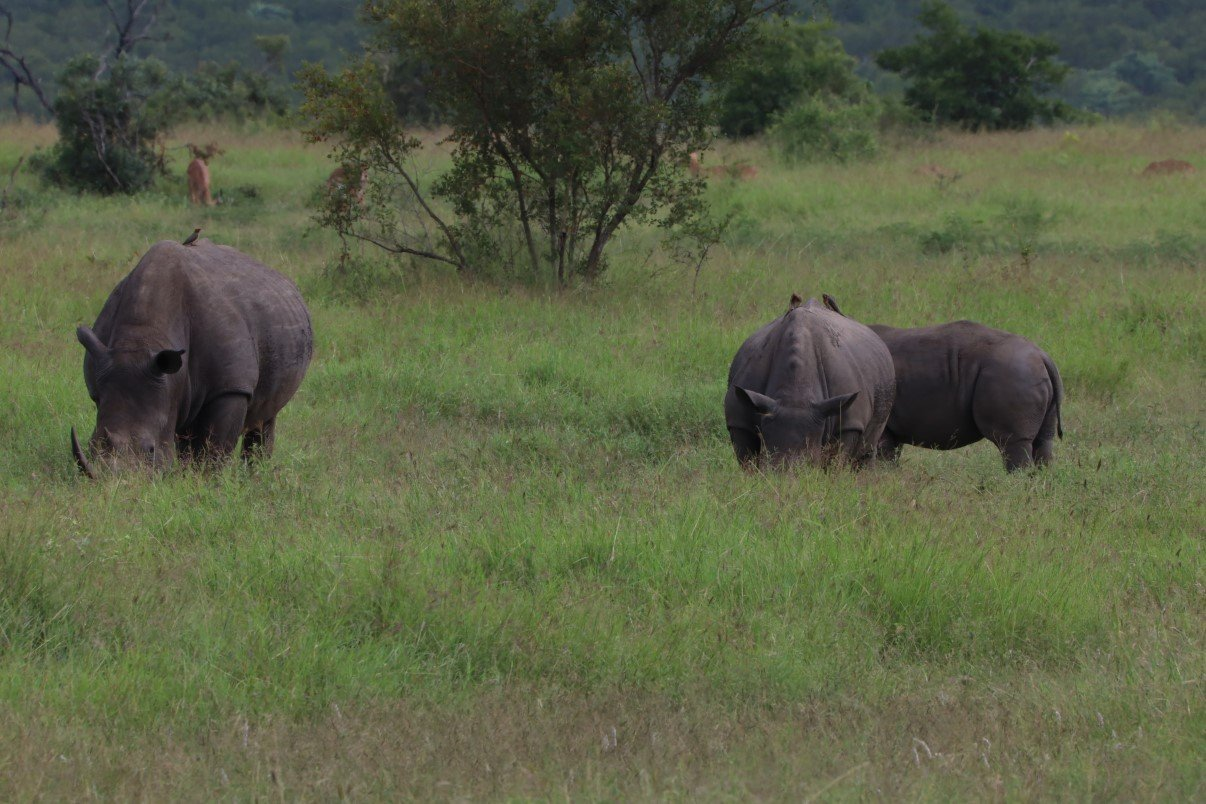
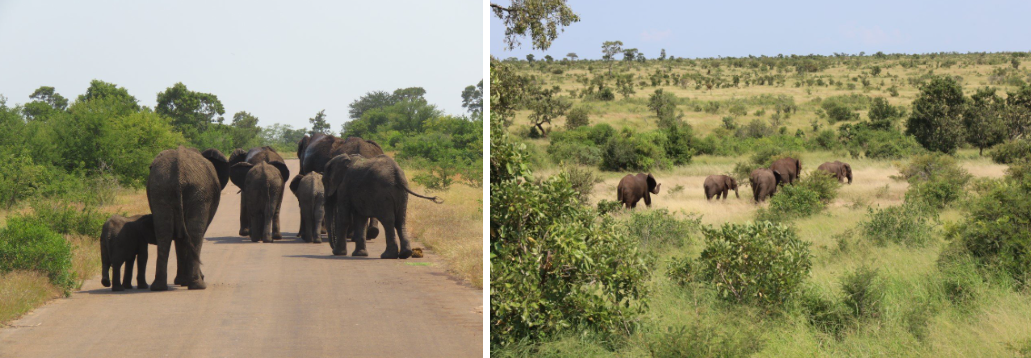
As we had seen in both Marakele and Pilanesberg nature reserves, this northern region of South Africa has had tremendous rainfall in the last few weeks. In Kruger the grass was tall and lush and could easily hide an animal. We saw a few warthog running around in the grass and the only thing you could see was the grass moving. We saw a lion from very close up: we parked right next to his paw. When he got up after a while for a lazy saunter he walked across the road to another sleeping spot in the high grass and if we hadn’t seen where he walked we would never have seen him. He went to lie down not 10 meters from the road and became invisible.
But it seems that lions are not really bothered by human presence. On one of our other lion encounters we had been warned by cars from the other direction that there were “lions on the road”. When we got there it was quite spectacular to see the one lion unperturbed in the middle of the road with cars negotiation a way around him. The other 2 lions were more to the side of the road, but didn’t seem to be too bothered by all the passing cars with cameras clicking like a virtual paparazzi. We parked ourselves as much as possible to the side of the road and could take some really great shots from our bedroom window. When the single lion got up after a while, we could see he must have gotten hurt on his leg, because he seriously limped his way back into the bush.
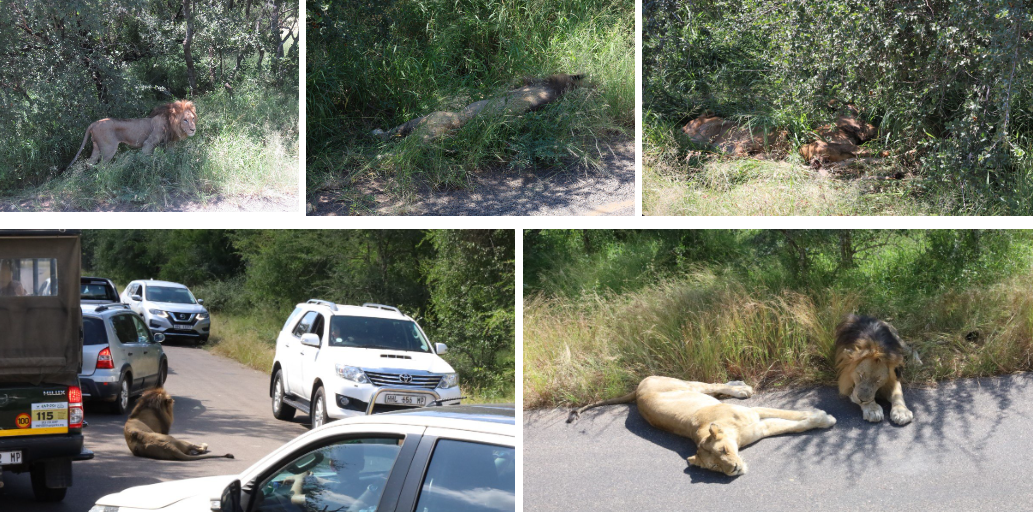


In the southern part of the park the game is more prevalent: that seems to be ‘Big Cat’ country (lion, leopard, cheetah). As we understand that in the wild it’s a matter of eat or be eaten and a whole number of the animals are chased and killed by the big cats, hyena’s and other carnivores, we eventually called the impala’s (who are quite numerous) “fast food”! Going more north, the cats become more scarce but impala and a host of other buck, zebra and blue wildebeest are wandering the grass plains in abundance. We wondered if the bush telegraph doesn’t reach far enough south to tell the bokkies to come up north where there are less lions and less chances to become someone’s afternoon snack!
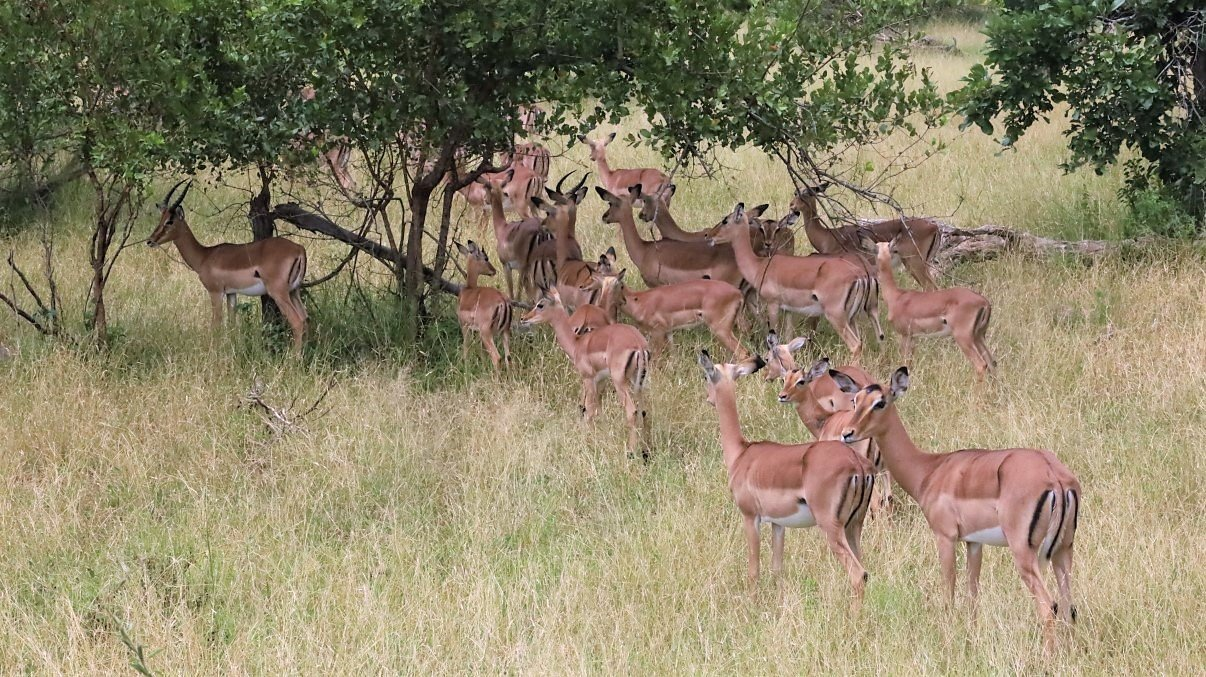
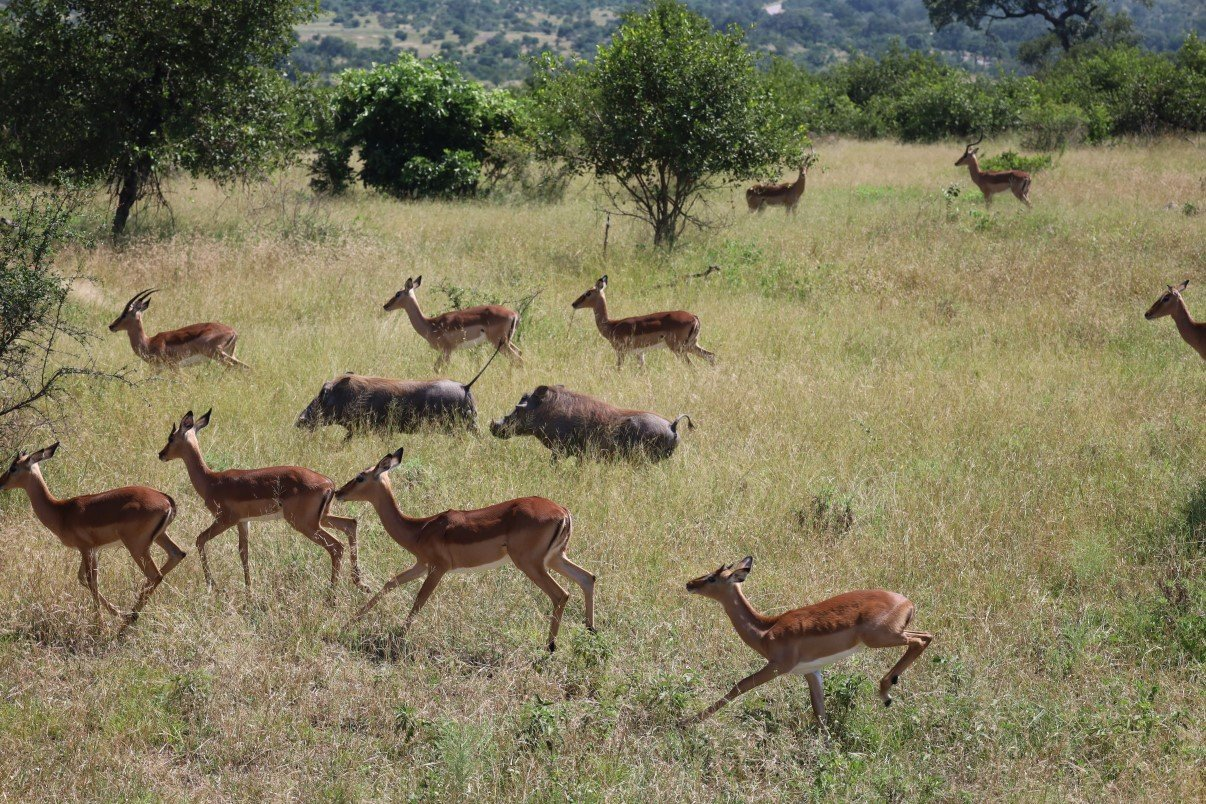
Because the park is so vast, the animals are definitely not so visibly on display as in a zoo, which means that very often you drive for a while before you spot another elephant or zebra or a group of fast food! And then you look around and appreciate the beauty in the other stuff that make up this untouched environment: the landscape, birds and bugs and spiders, flowers and greenery and lots and lots of grass with the network of crisscross pathways from the animal traffic. Then we fall again in the crazy category when people ask what we’re photographing and the answer is : grass!
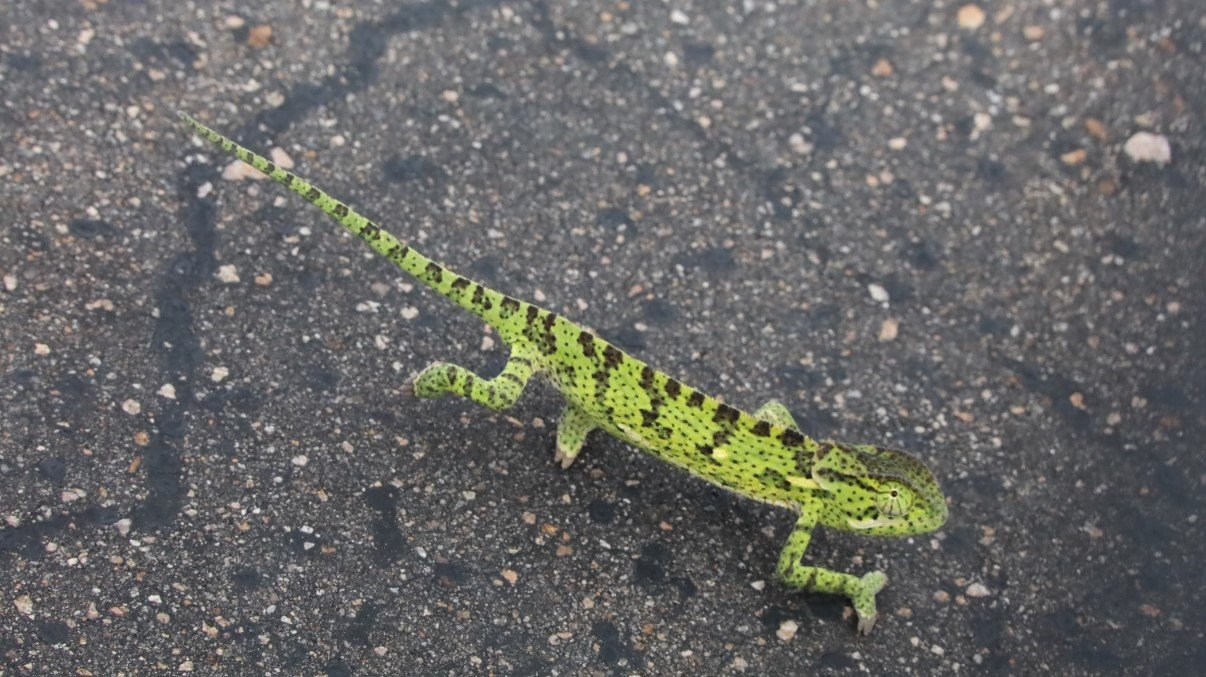
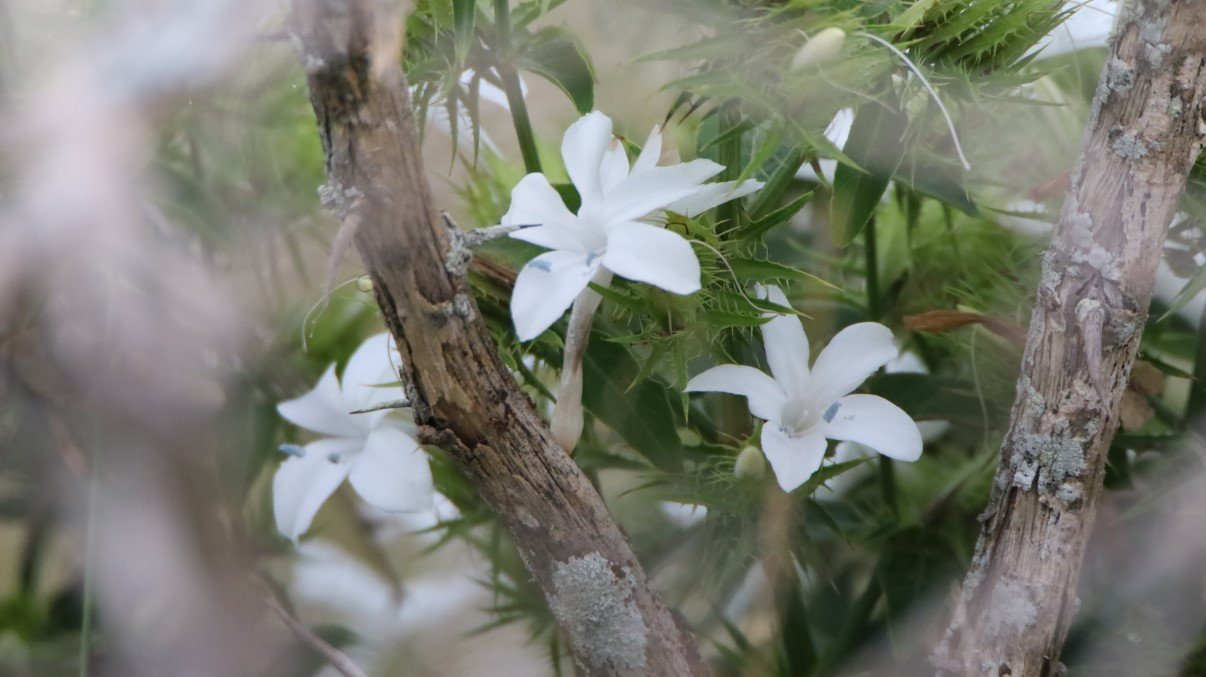
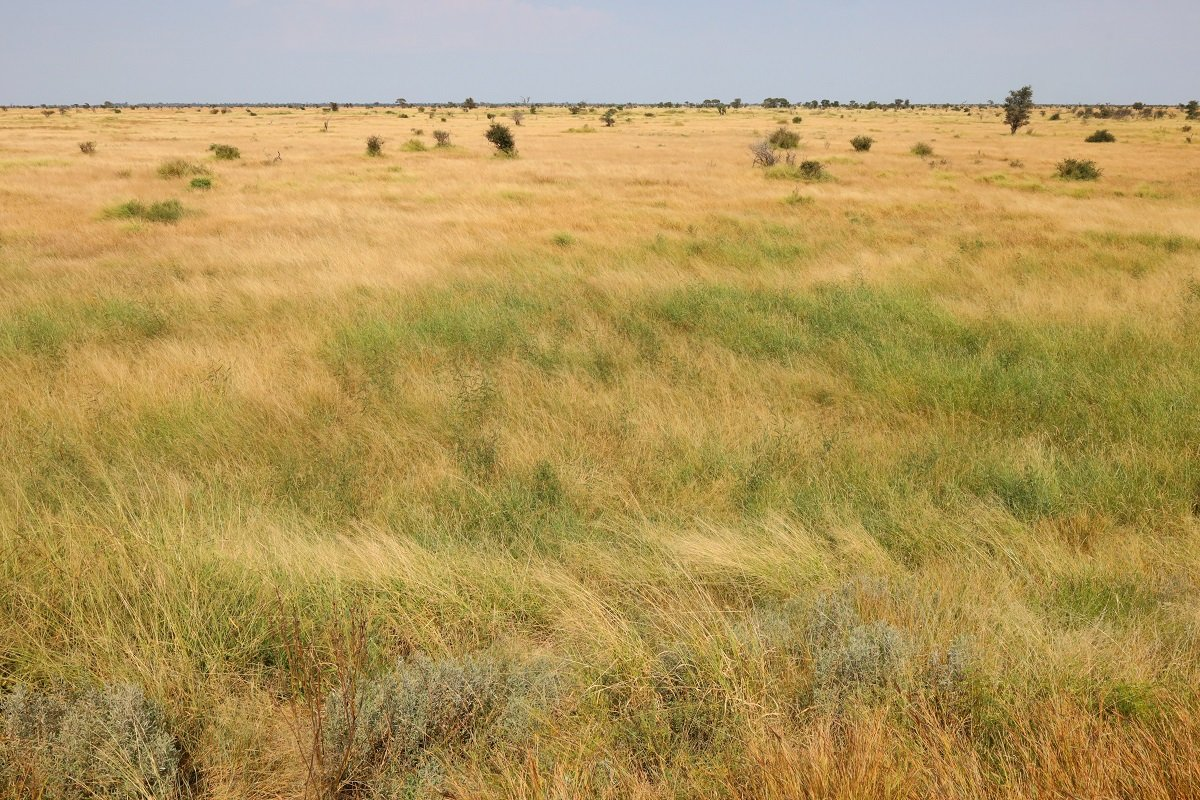
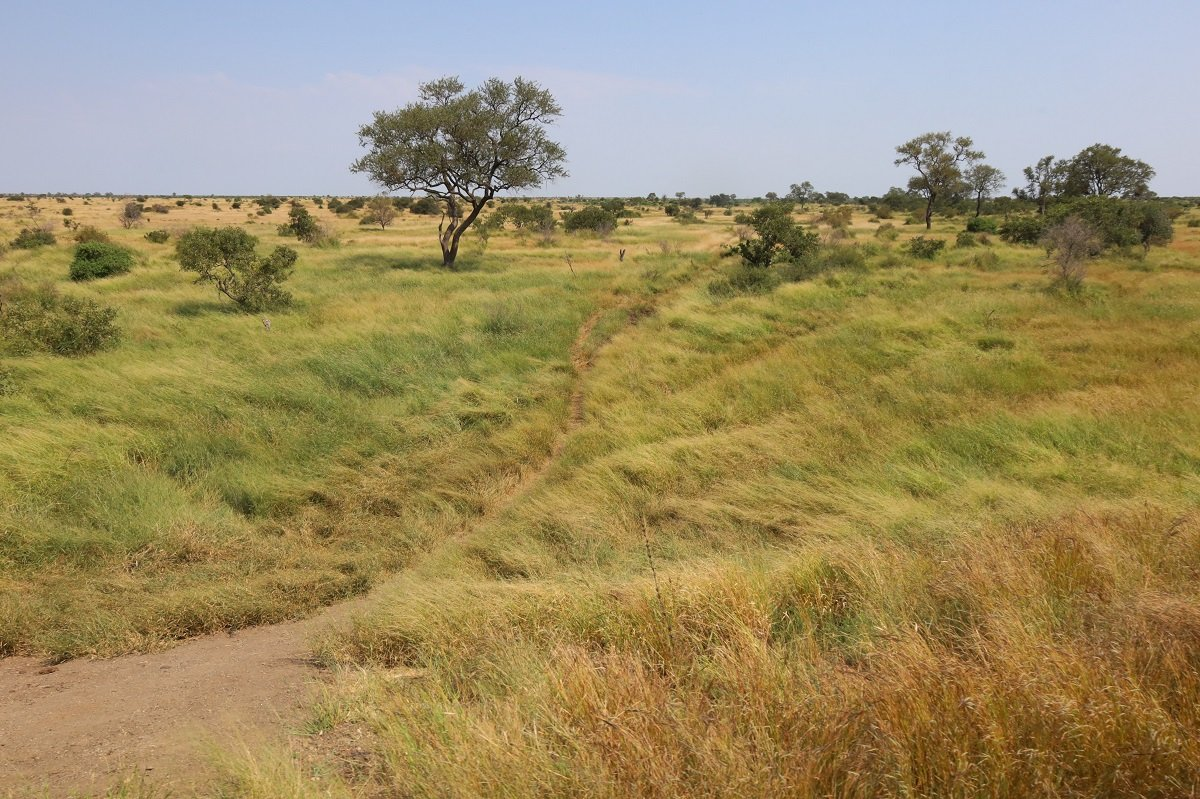
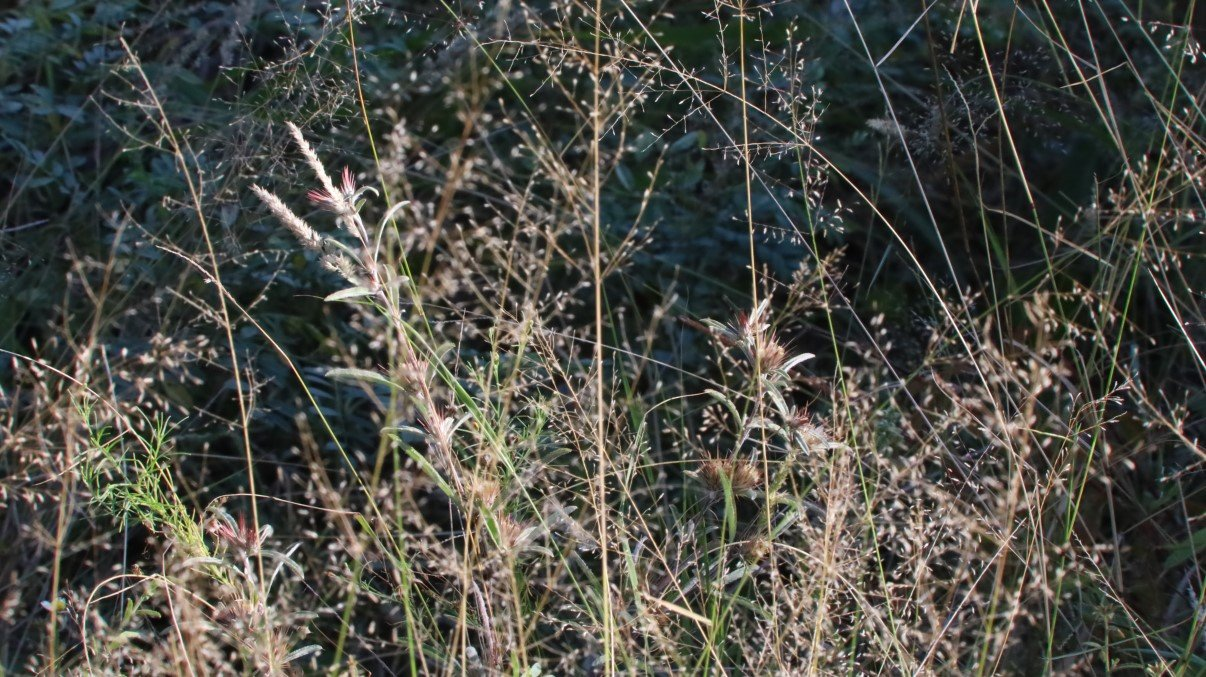

As mentioned before: we are not really birdwatchers, but since spending quite a bit of time lately in National Parks, we’re kinda lured into it. We loved the smaller colourful birds flitting around in the bush. We’ve realised that we might be able to take halfway decent photos of birds when they are sitting on a tree, but there is no chance of photographing a bird in flight! Especially the roller bird (photo bottom left) kept teasing me: although already beautifully coloured when sitting still, when it flies away its wings are this startling contrast of bright blue, black and white. Just beautiful, but unfortunately unattainable for us!
After we had been excited to see the odd vulture and small eagle earlier somewhere in a tree, a day or two later we saw a whole heap of vultures circling high in the sky and one after the other coming in to land not 100 meters away from the road in the high grass. Although we couldn’t really see what they were eating or possibly a lion nearby who might have killed whatever they were eating, there was lots of activity, power hopping, wing flapping and screeching going on. (more about that in the video)
At another moment we saw another heap of birds circling in the sky and coming in to land on what we presumed the river, as we couldn’t see them behind the bush. When we passed a space in the bush that allowed a peep hole to the river, we saw a whole congregation of marabou stork preening around in the dried out river bed.
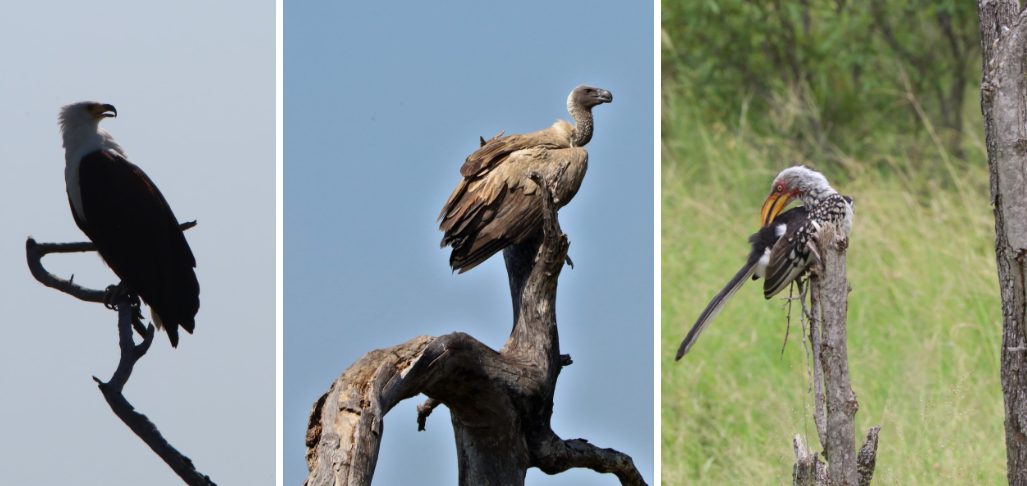
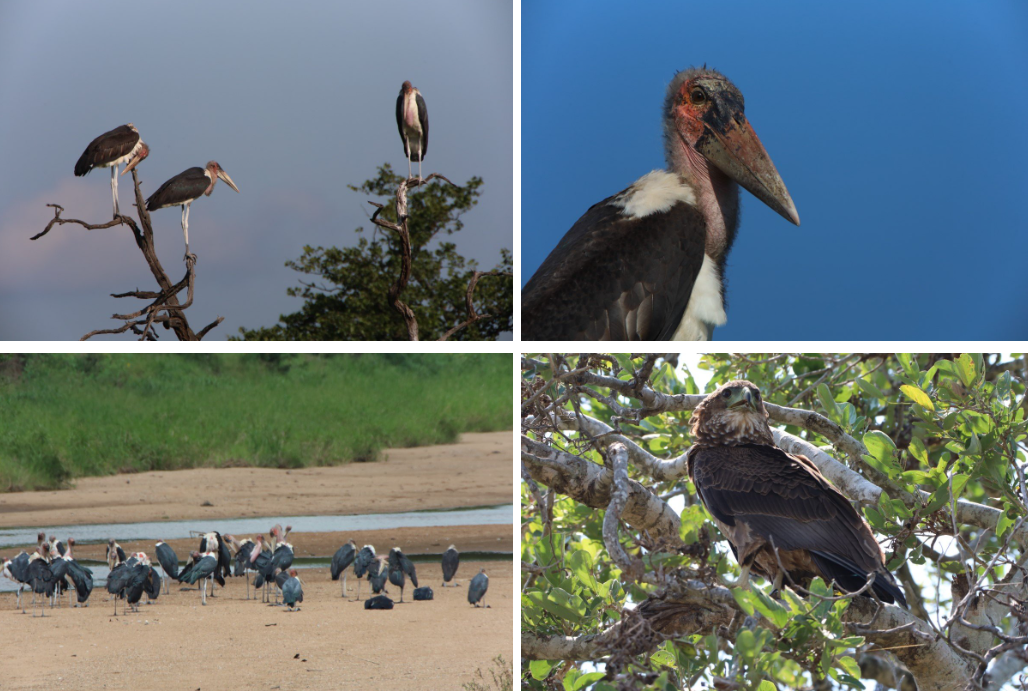
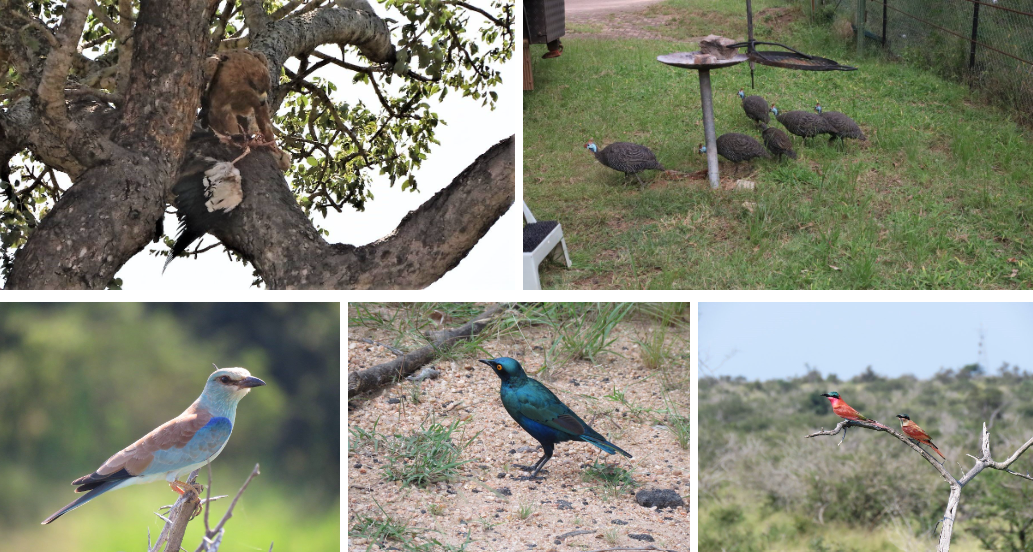
With the recent heavy rainfalls and hurricane Eloise passing through and creating havoc, the rivers in the park filled to capacity and at that time (about a month prior to our visit) we saw many clips on you tube to show how swollen the rivers were. When we were there now, some of the rivers were still full and flowing strongly and we could see the land along the roadside soaked with puddles and pans between the bush. But it was amazing though to see how some of the rivers had already soaked up so much of the water that the riverbeds were reduced to lost water flows finding their way between sandy islands with tufts of green. The muddy sand was a jigsaw puzzle of animal tracks.
Some rivers were still deep enough to offer play and bath time to elephants and hippos, but others were just comfy enough for a lone hippo, waterbuck or buffalo to drink, graze a bit and then take a rest next to the water. Although very elusive, we saw the odd crocodile chilling on a sandbank, waiting patiently for its next meal to pass by.
When we left Satara camp, a little sign indicated how high the floodwaters had been in 2003.
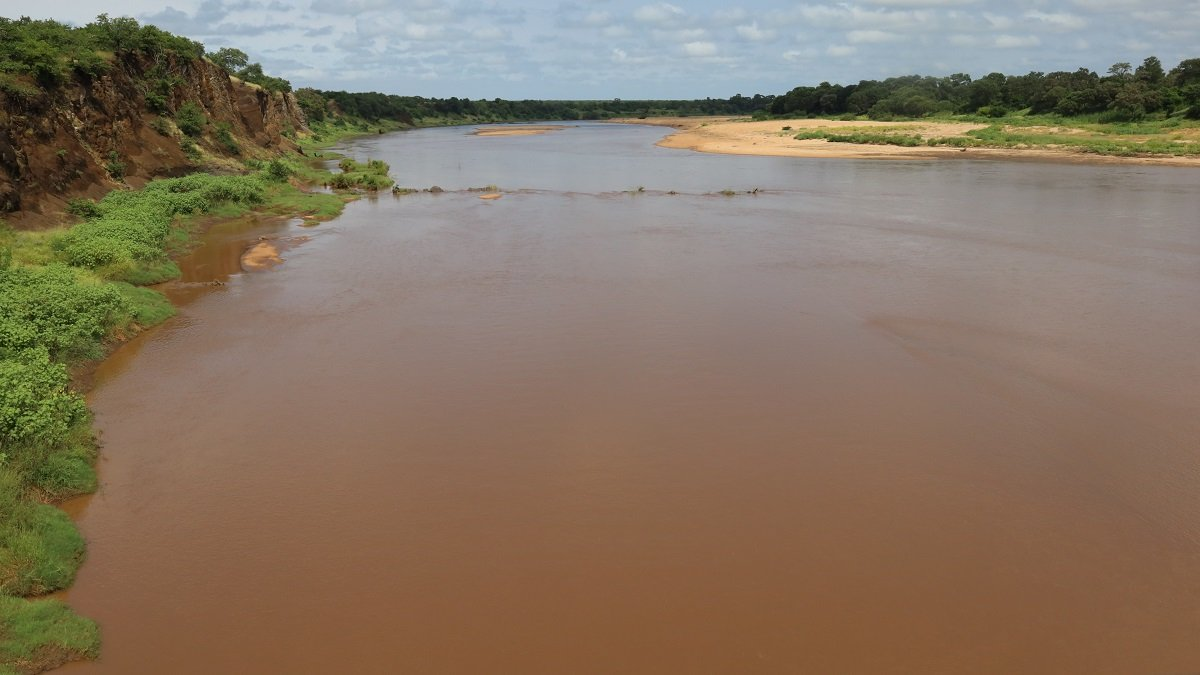
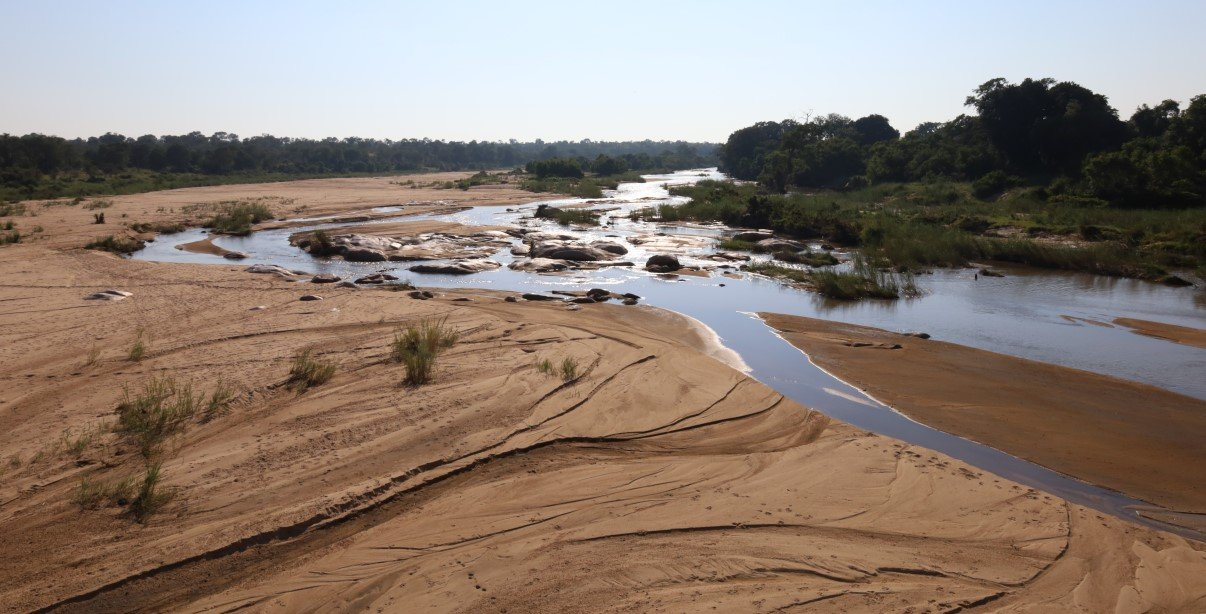
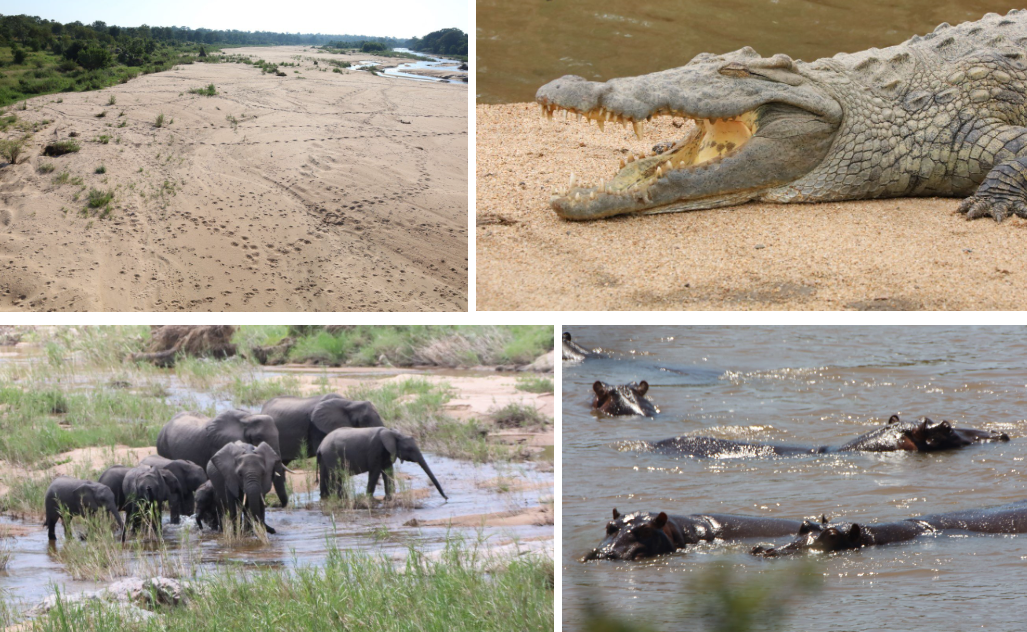
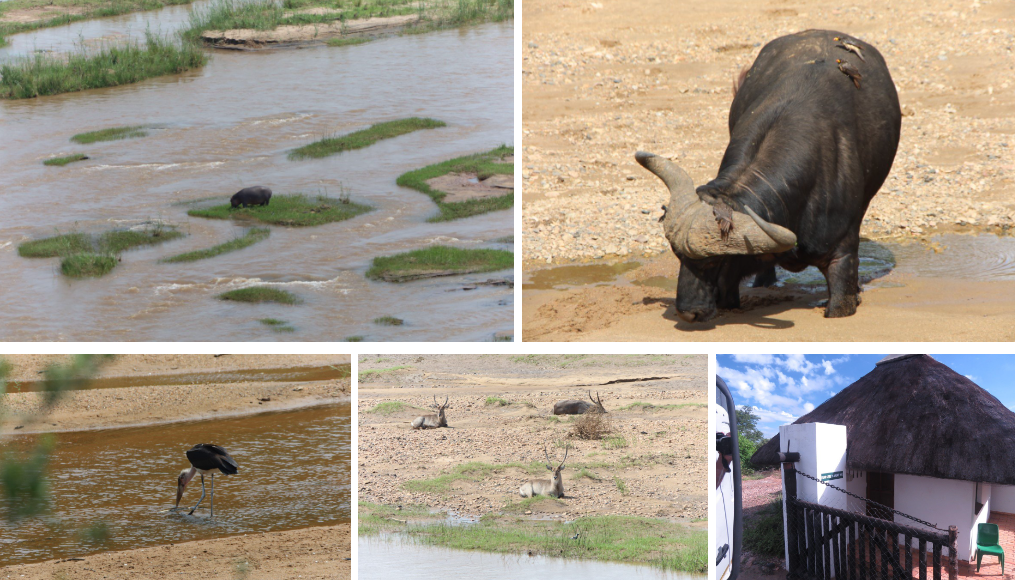
After a day of two we figured out that all hardcore Kruger visitors get up at 4am, to be at the gate at 4:30 am to be first in line to get out when the gates open at 5:30am. So the one morning we decided to get up early too (no… not at 4am) and leave camp at 5:30. Ok, we made it by 5:40! And man… did we have an AMAZING “rhino” sunrise: a rhino mom and child busy grazing while the sun came up and coloured the sky a glorious pink !
Add to that, that “game watchers” are usually very happy to share information where sought after animals (read: big cats) are to be seen and our morning was made even more special when we saw a few young cheetahs playing on an earthen dam wall.
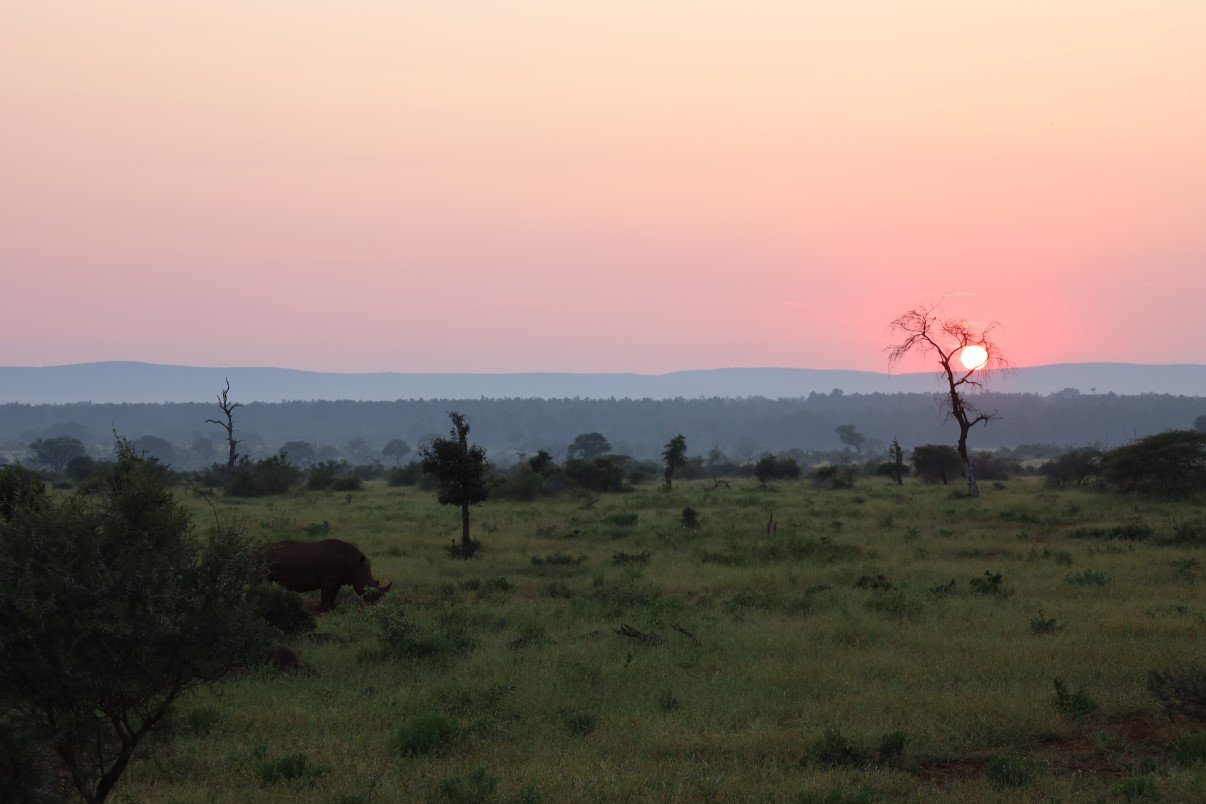
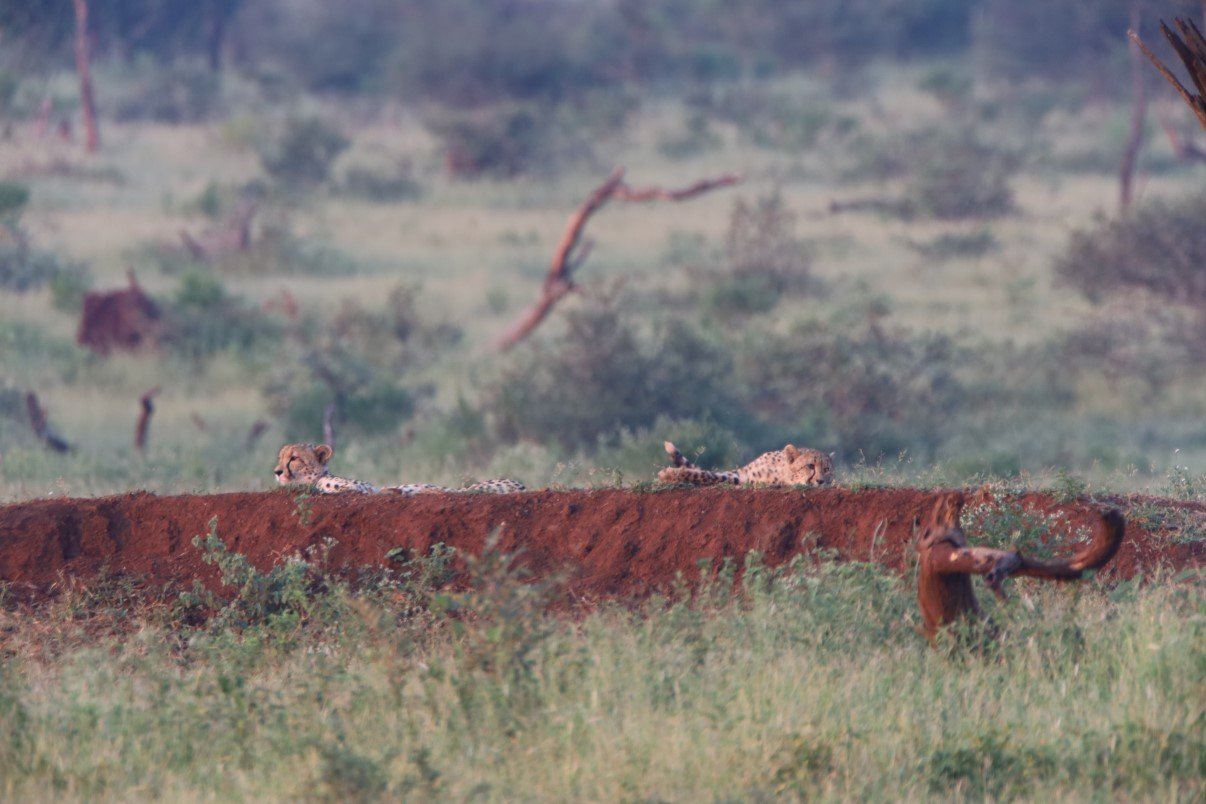
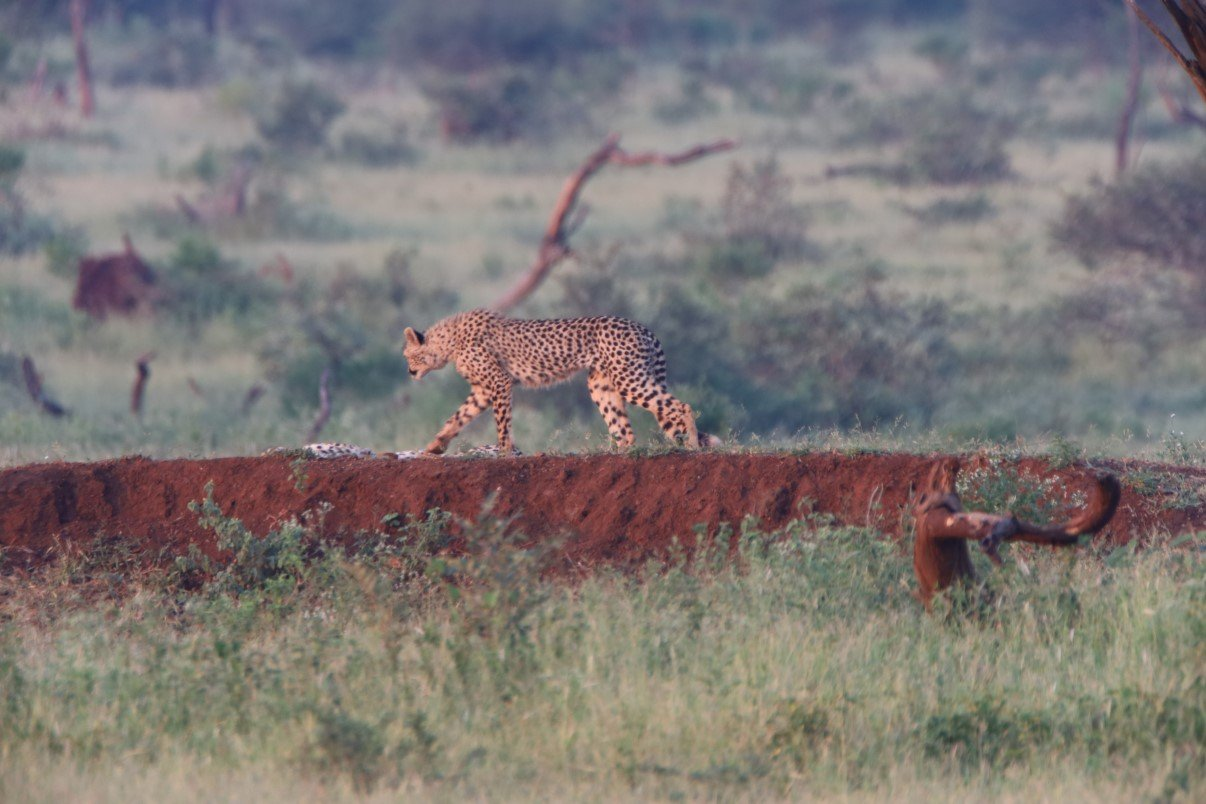
As mentioned before, we did book the camps online and when it comes to paying, they add a “conservation fee”. We had mentioned that to niece Evelien and she said that if you have a Wild Card (which we have), you don’t pay conservation fees. She suggested we chat to the staff to check if we could get a refund. We followed her advice and were happy to hear that a refund would be no problem at all. After some ooh-ing and aah-ing we decided to rather use that credit for one night drive and one early morning drive in the park.
We took the night drive at Crocodile Bridge camp, as this was still “cat world”. We were lucky to have some hardened wildlife spotters with us on the game drive, because we saw for the first time ever (fair enough… we never drive at night) a night owl and a genet cat and some jackal. We were also lucky to see a young lion seemingly lost and looking for a mate. When Oscar, our driver, reversed to stay with the young lion and the lion (less than 2 meters away from the safari vehicle) looked up a couple of times as if to say “whadda you looking at”, one lady in the car got nervous and was encouraging Oscar to drive a bit away.

Our sunrise drive we booked at the Shingwedsi camp. Rise and shine was at 3:45 am to be at the rendezvous point at 4:15 to drive out the gate at 4:30. Although we didn’t see wild dogs (which is still on Stefaans bucket list) we saw another few genet cats, a hippo who had come out of the river to graze and an amazing pink and purple sunrise over the African bush.
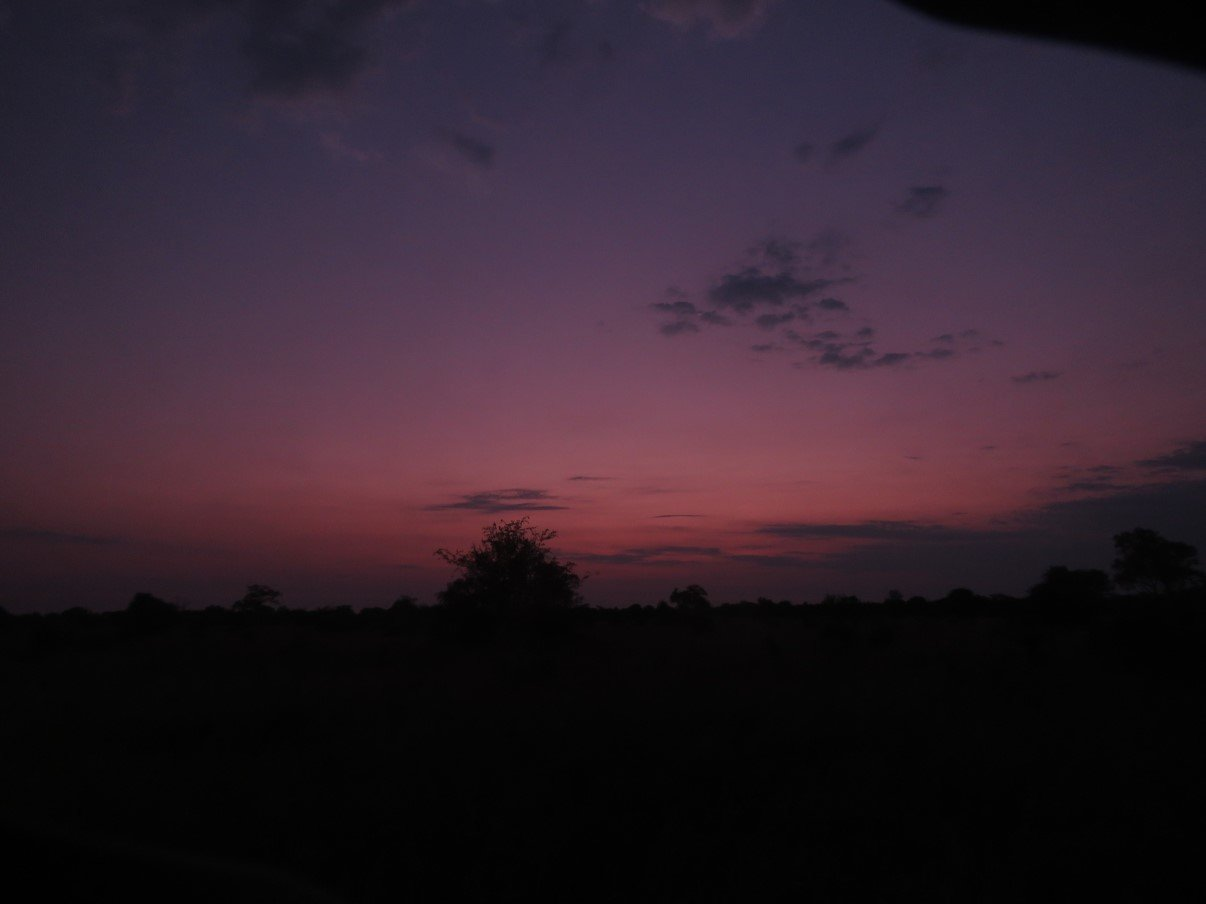
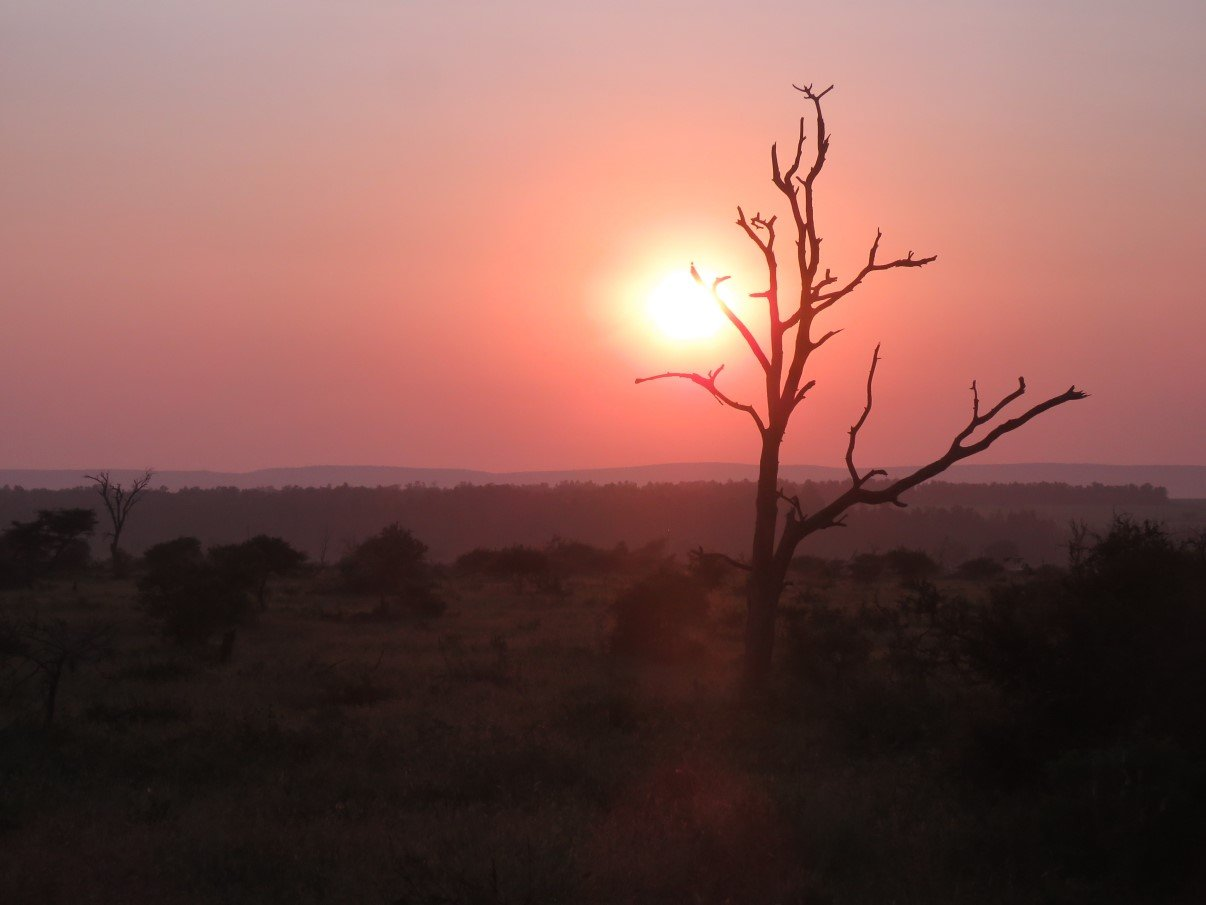
During our time in the park, we had seen several military vehicles on the road in the past days and when we asked our sunrise game driver, he confirmed our initial assumption: poaching is an ongoing problem and it seems that the military are giving their support to the anti poaching units. Later that day we passed such a unit. They were just offloading a team armed with back packs and fire arms and joined by dogs to follow the tracks and go chase the baddies. Good job guys! (It seems that the latest addition to the anti poaching effort in Kruger Park is The Black Mamba's: the first all female anti poaching unit in the world)
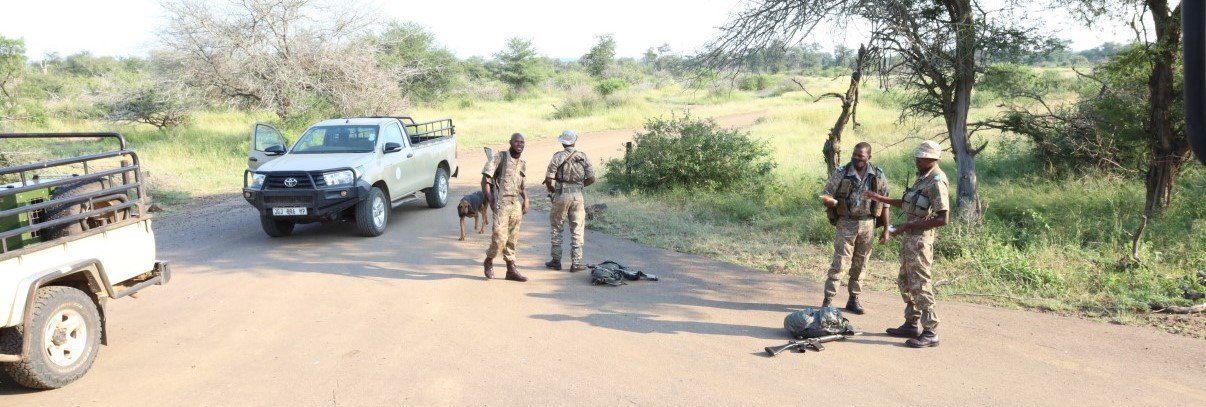
On our way between Crocodile Camp and Satara, we passed a look-out point and got ourselves comfy on ‘Adrian se Bosbankie’ overlooking the most breathtaking expanse of savannah. Once again this was a landscape that reminded us of photos we’ve seen of the Ngoro crater in Kenya… with less animals: enormous expansive grasslands with horizons that stretch as far as the eye can see.
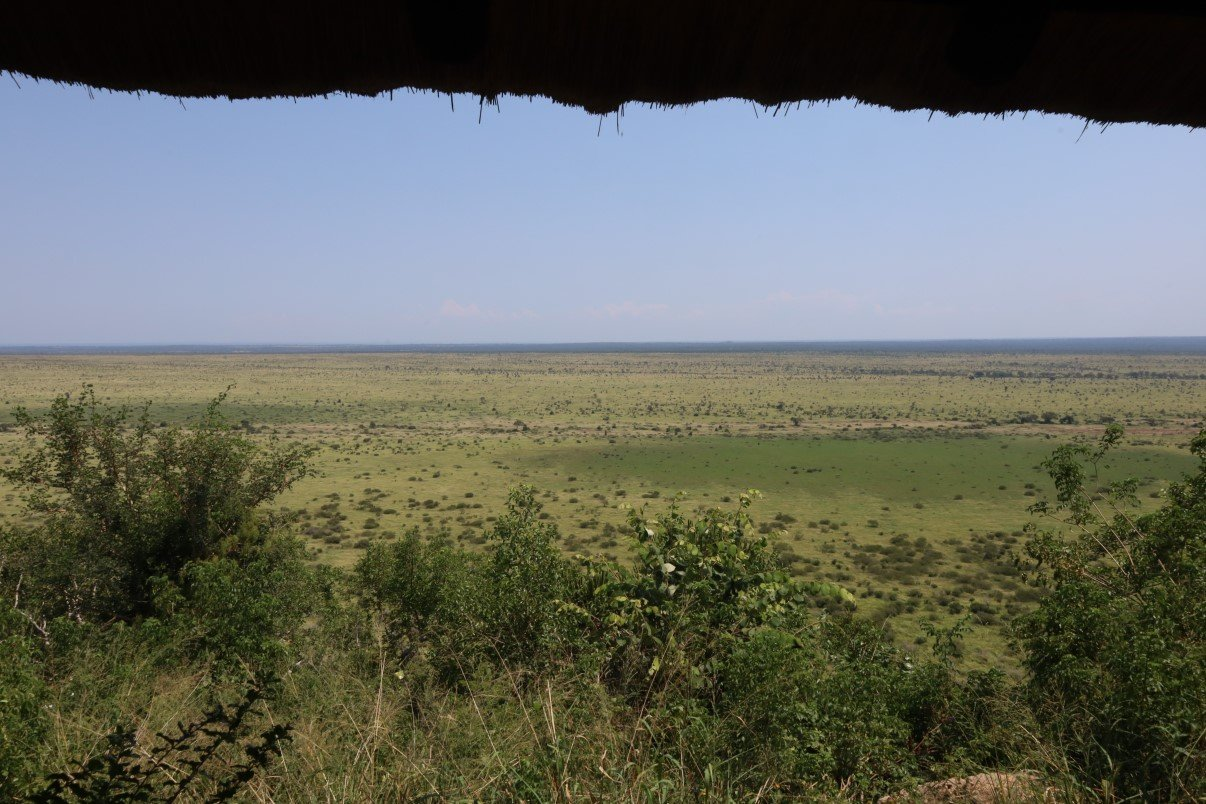
The world is a small place. We had parked at Satara and already met our neighbours on the one side. A bit later in the afternoon an Iveco camper pulled up next to us on the other side. When we got to chat we figured out we knew someone in common: my sister. Colin is a gynecologist and he was trained by her. Small world! After supper, we joined them for a drink, chatting about all things beautiful in Africa!
When we left Satara, one of the special things that we knew were on the agenda was crossing Capricorn: just a line on the road that you cross the Tropic of Capricorn. Another special photo op for Trokkie.

Our last morning (of our 1st trip) took us from Punda camp to Pafuri, the top most gate of Kruger National Park. Besides some more elusive elephants we saw a sight that we would normally not associate with Kruger: water lilies. This was a a time warp moment as we felt as if we were in an English or French country garden. We presume that with the excessive rain of late, water lilies found a way to thrive in the puddles of the soaked land.

On our 2nd stay in the park, we took our last 3 days off at Crocodile Bridge Camp for some R&R: laundry and catching up with website, photo sorting and video editing. We found a good spot next to the fence, the most favourite place to be for most campers as you never know what wildlife you might see on the other side of the fence while having a glass of wine. Not long and a young Afrikaans-Ozzie couple, Wesley and Brodie, came to ask if they could set up camp right next to us in the last corner at the fence. As everyone shares their space and stories, we soon shared a glass of wine over all things South Africa versus Australia.
In total we spent about two weeks in Kruger National Park and, most probably, would have been happy to spend another few weeks here.
Some of the real big highlights for us were:
- spotting a leopard on a fallen tree next to the road… all by ourselves! Usually we find our special sightings (leopard, cheetah, lion, wild dogs) after being pointed out by fellow game watchers. Then you rush to the spot, join all the other cars and patiently inch your way closer as other vehicles leave the scene. This time we were all alone and we spotted her. We were soooooo excited! We had our 5 special minutes with her, before she stretched on her oversized scratchpole and walked back into the bush. By the time another car had pulled up, we had to disappoint them with the news the leopard had already gone. (more in the video)
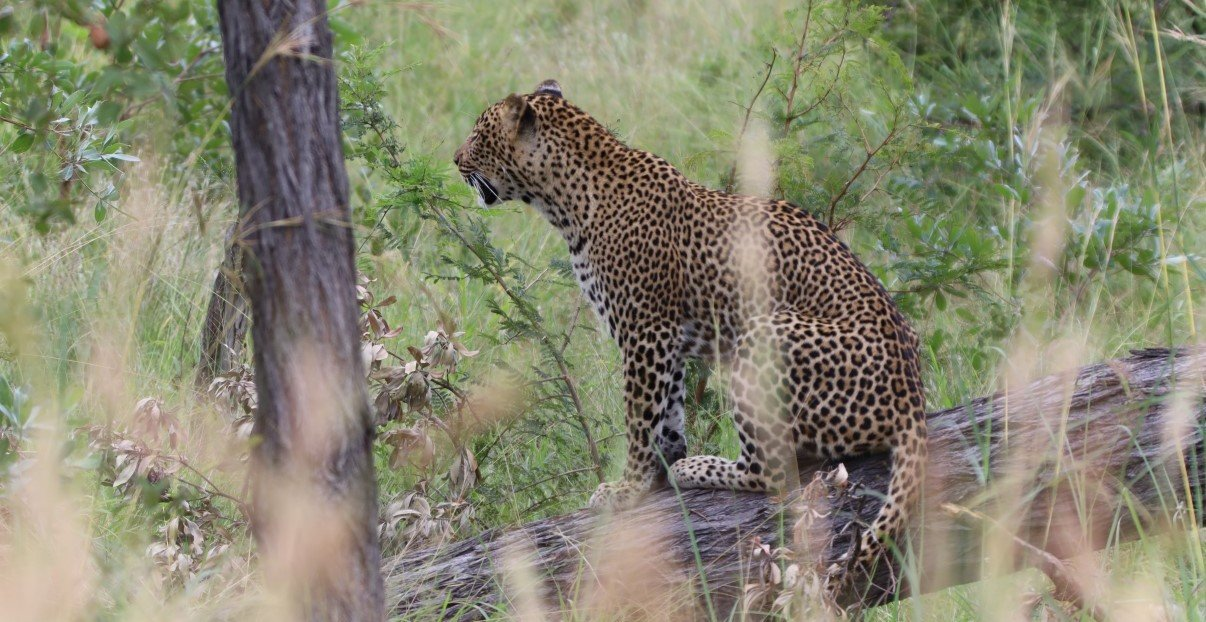
- seeing the one special item on Stefaan’s bucket list: a pack of wild dogs as we left one of the camps early morning. Unfortunately, they later moved from the tar road onto one of the gravel road and we couldn’t follow. In Kruger, vehicles of more than 5 ton are restricted to tar roads. (more on the video)
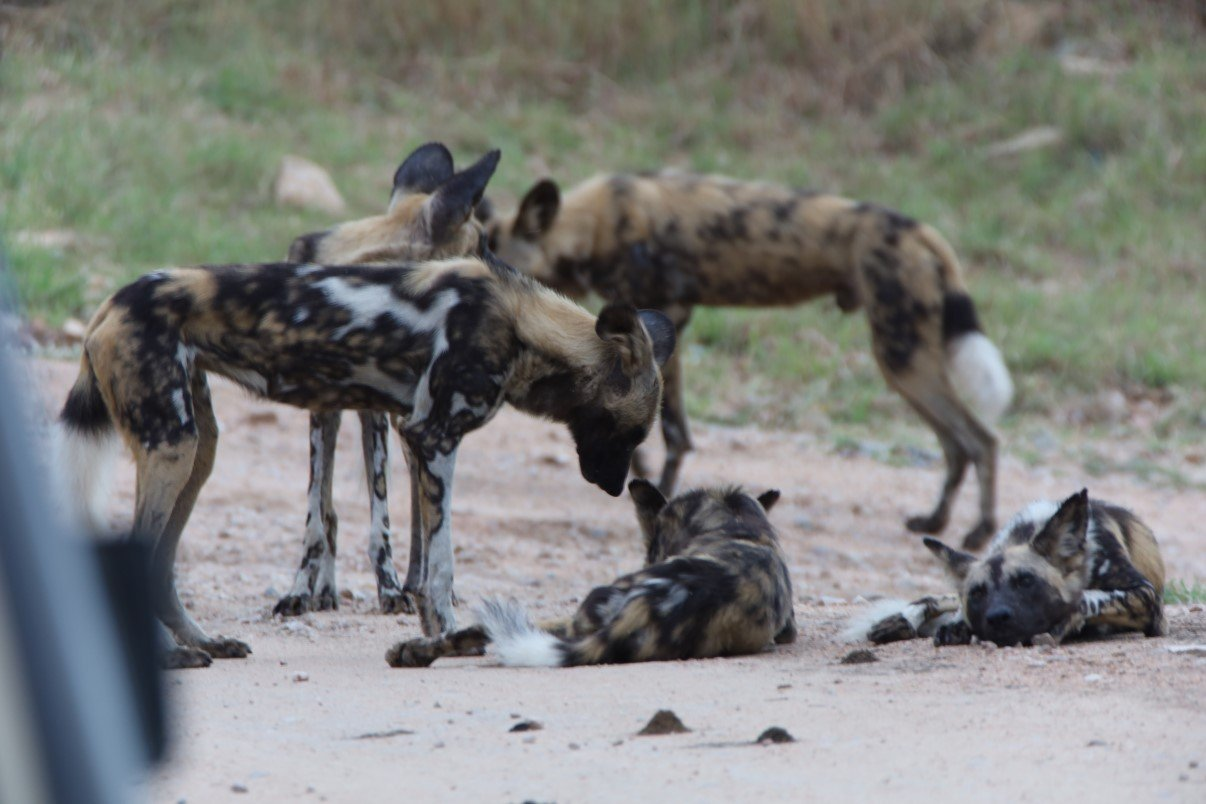
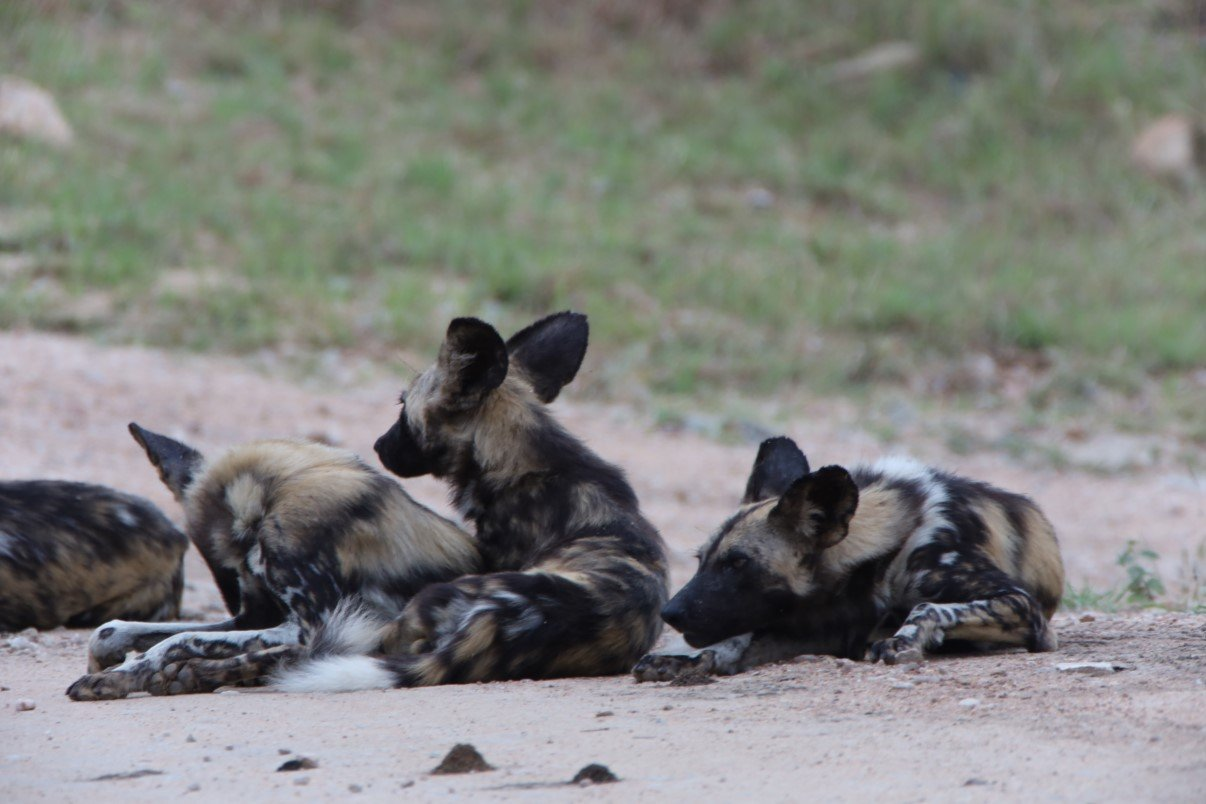
- experiencing wild Africa in camp: hyena’s patrolling the other side of the fence in the hope of someone throwing a morsel of food (strongly prohibited but for the hyena’s obviously hope springs eternal), cheeky monkeys trying their luck with open doors and windows, buck wandering between caravans and tents, elephant walking just on the other side of the fence and warthog scrounging for nuts and seeds right outside our door.
- witnessing a serious neck-slapping fight between two giraffes – seems to be a fight for male dominance! (more on the video)
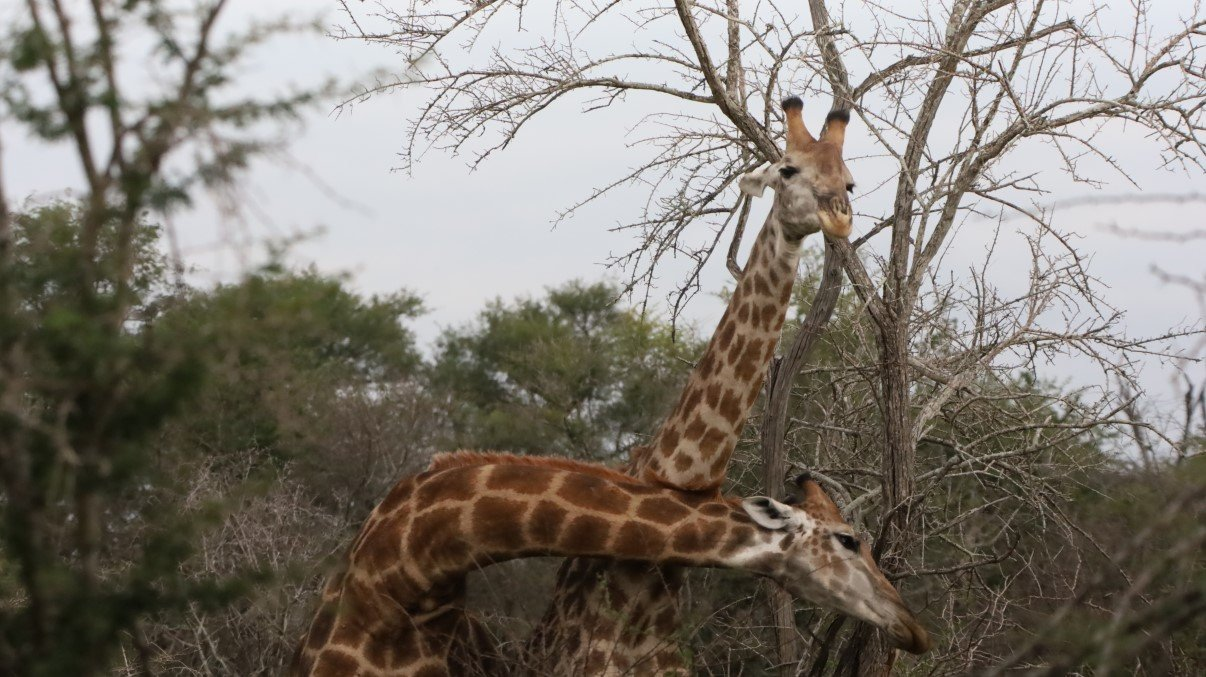
- and seeing the most amazing sunrises and sunsets
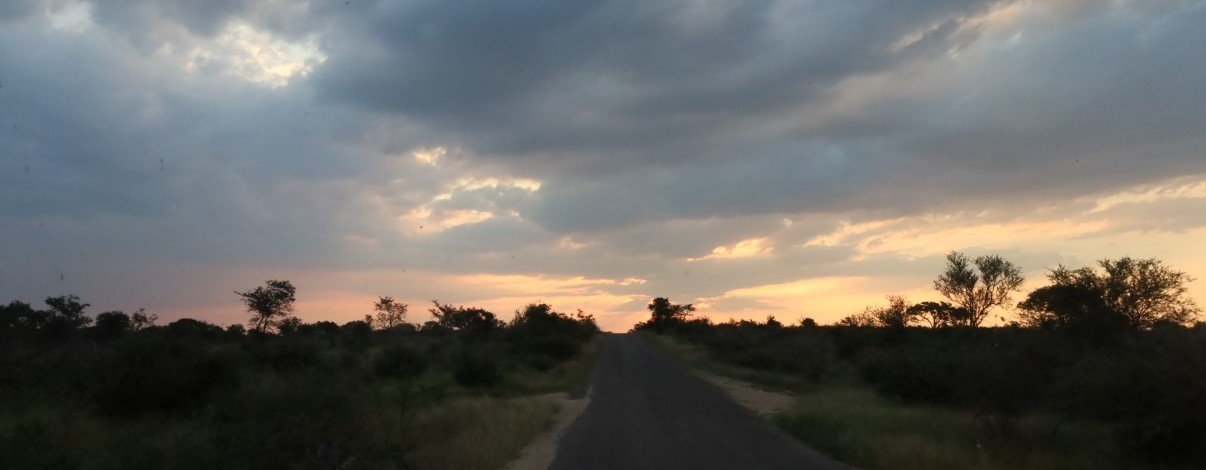
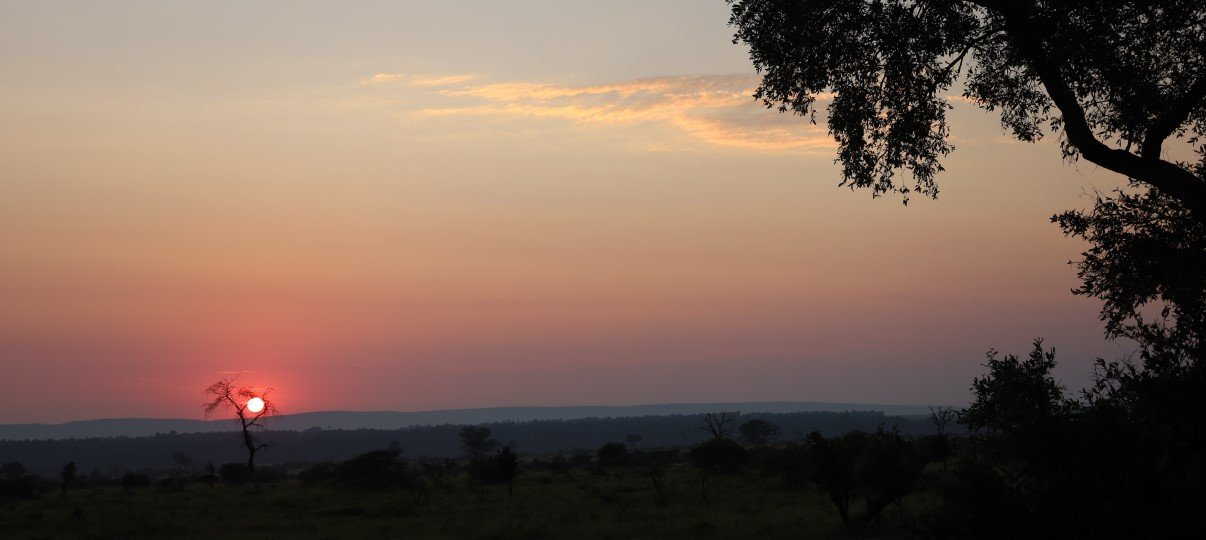
As it is virtually impossible to tell every story of every animal encounter we experienced, we rather let you enjoy the photos. Find below a selection of animals, landscapes, plants and more from our time in the park- in no particular order.
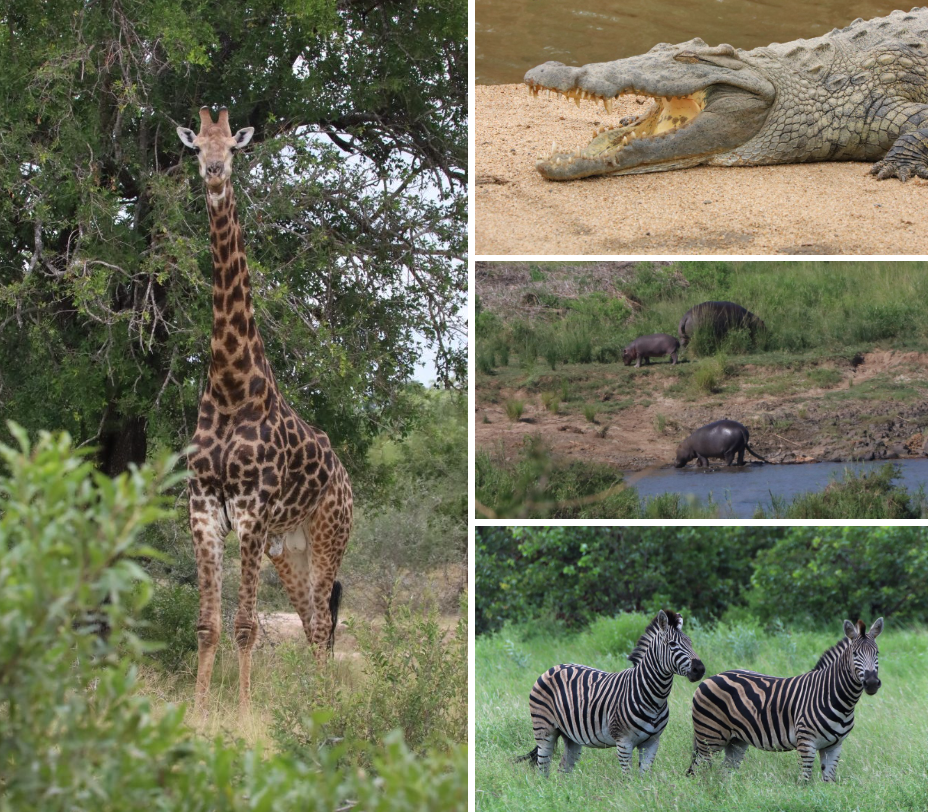
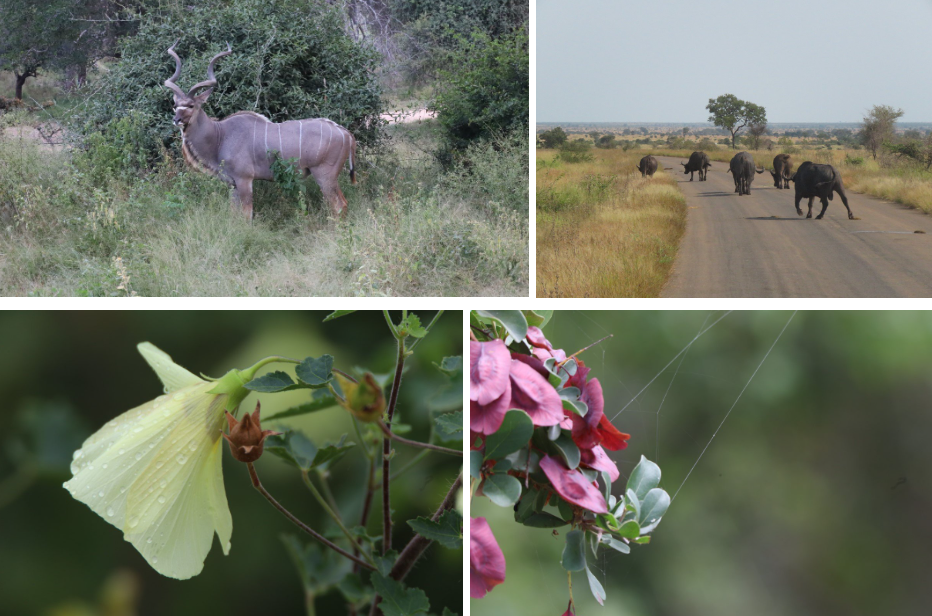
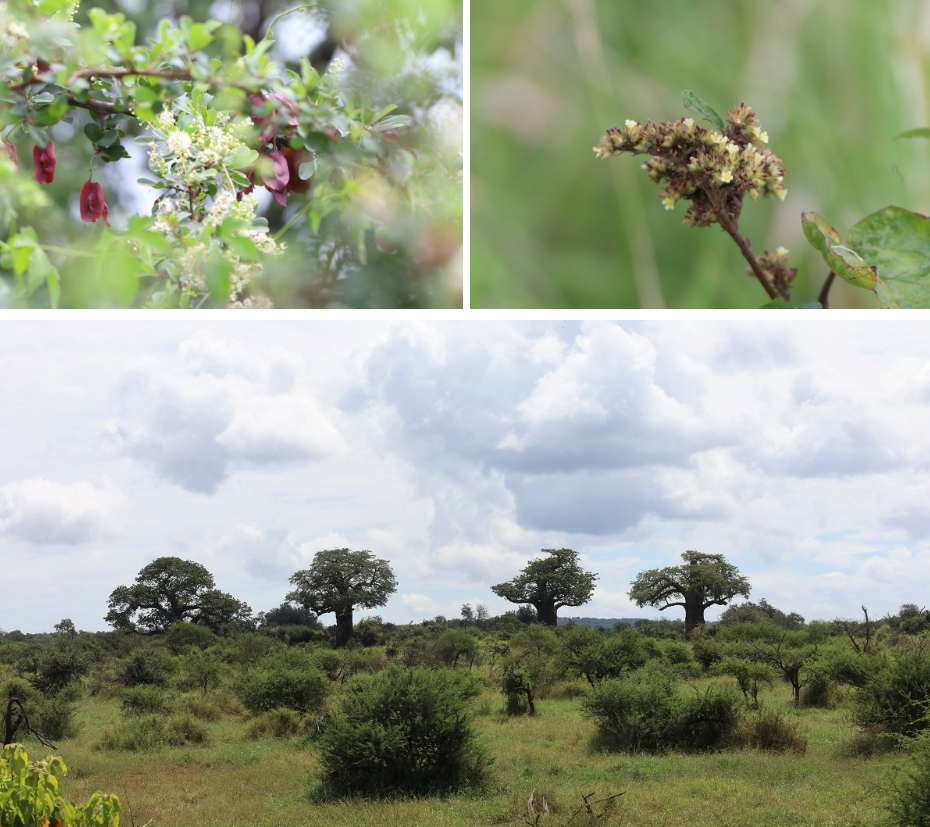
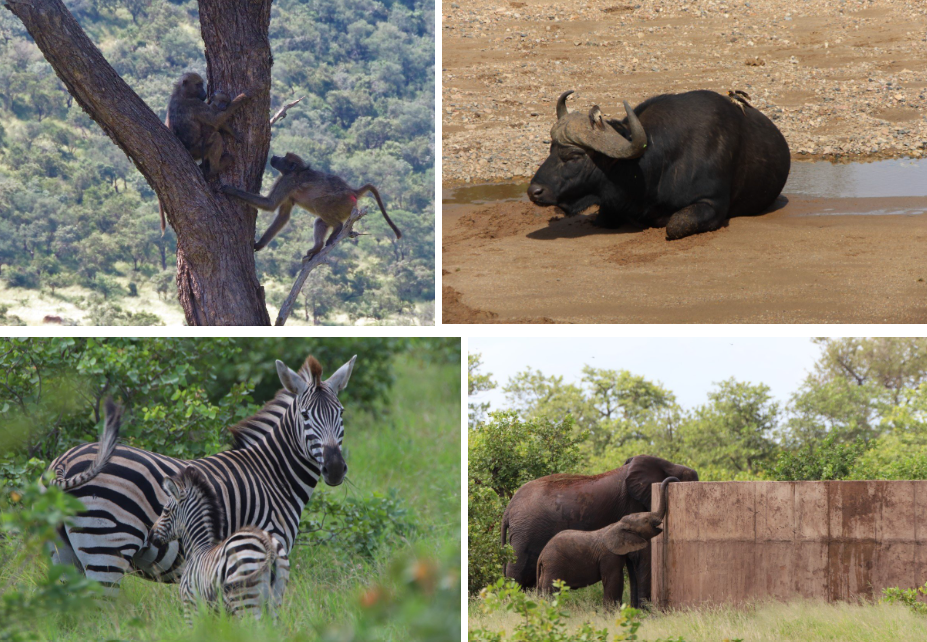
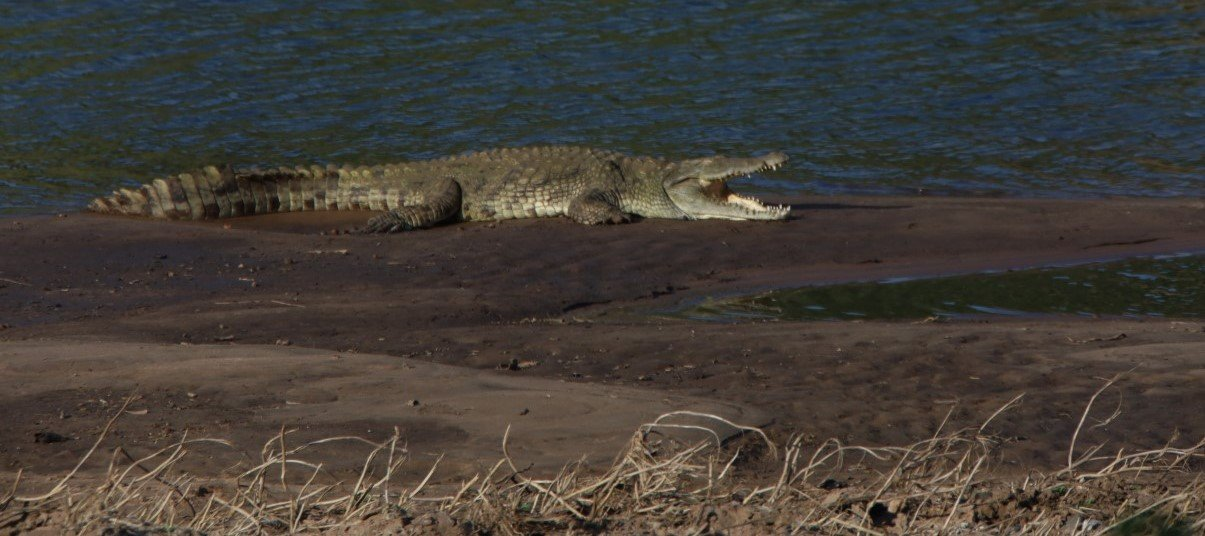
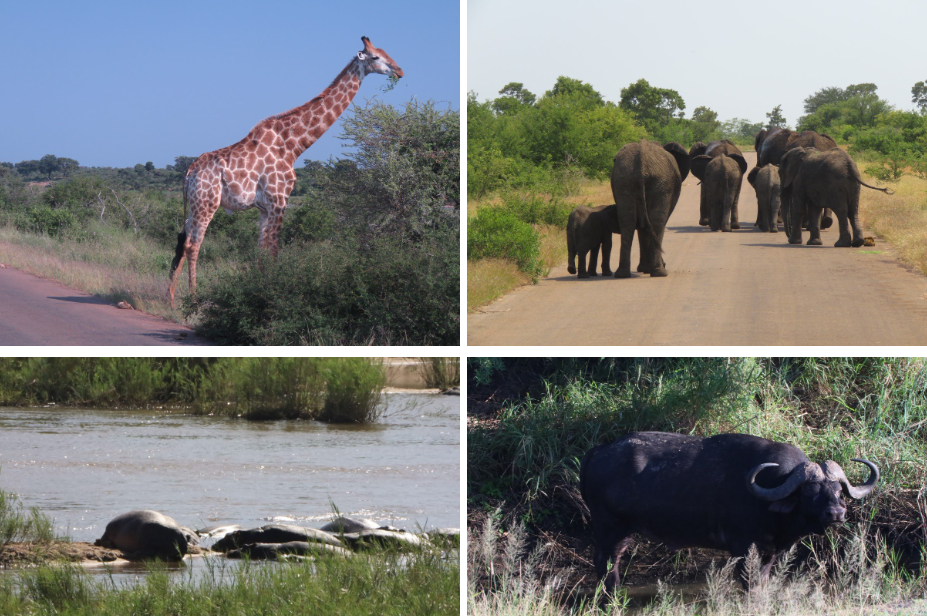
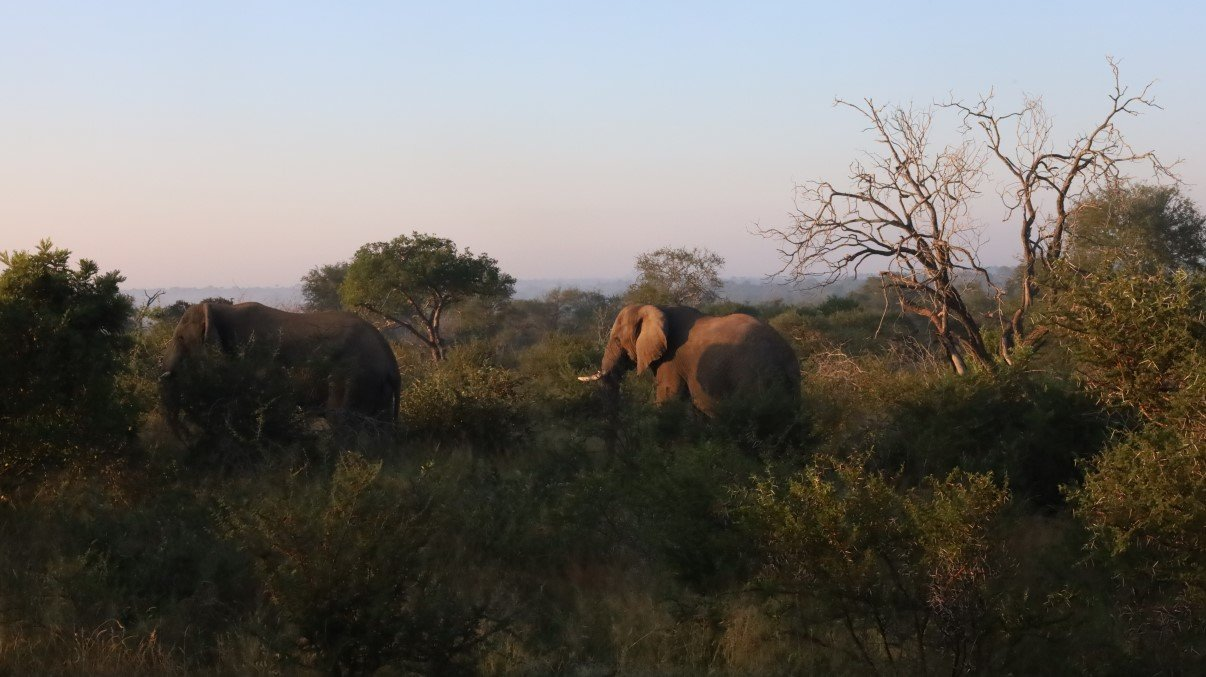
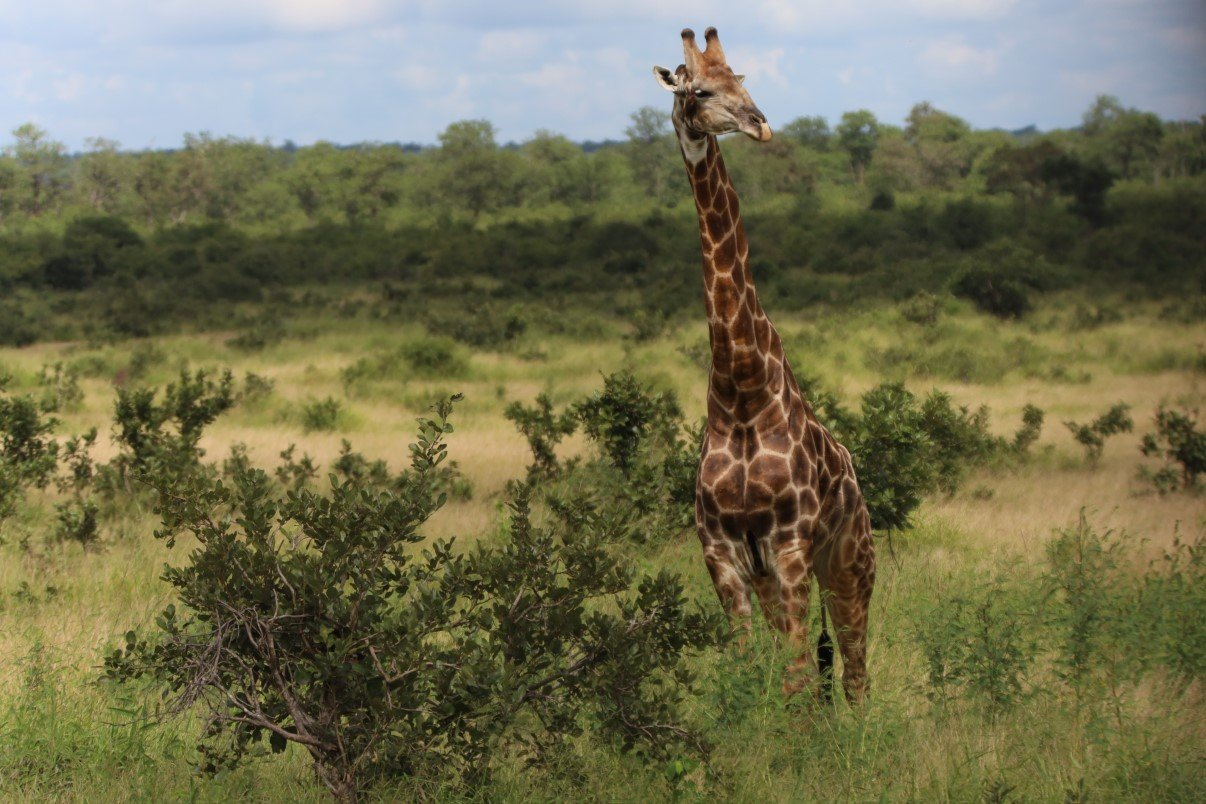
At Punda Maria, our last camp of our first visit, we got ourselves in a seriously sticky situation. Read more about that in our next post.
After our two weeks in Kruger it was unfortunately time to move on! Kruger: an amazing experience and a must on everyone’s bucket list!
Enjoy the video.
For more photos, clips and videos follow us on
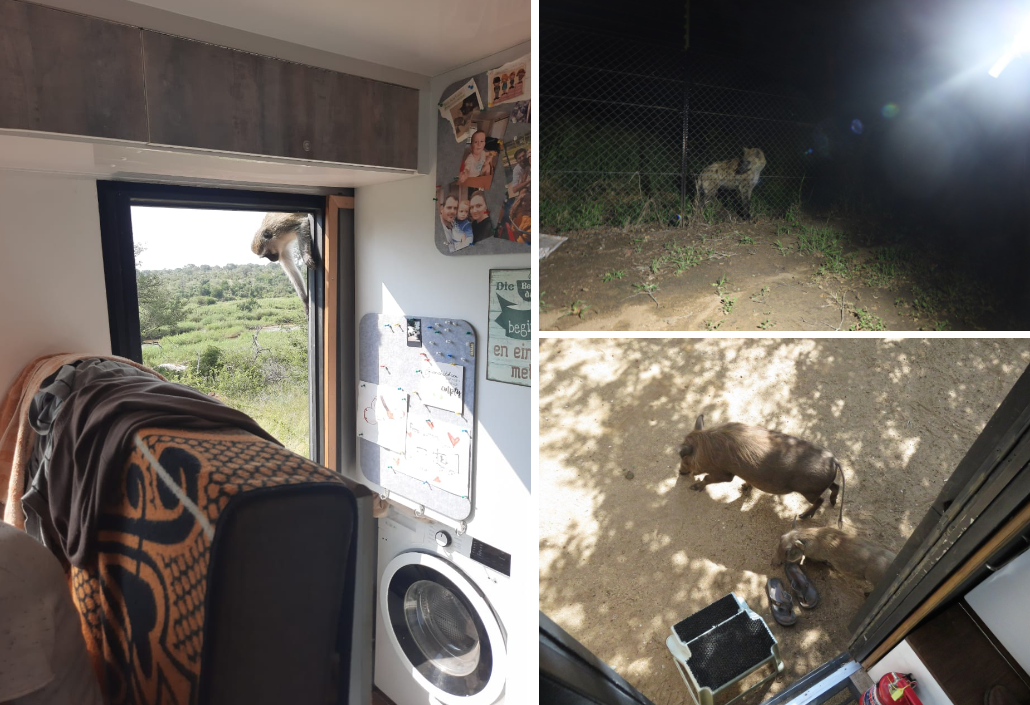
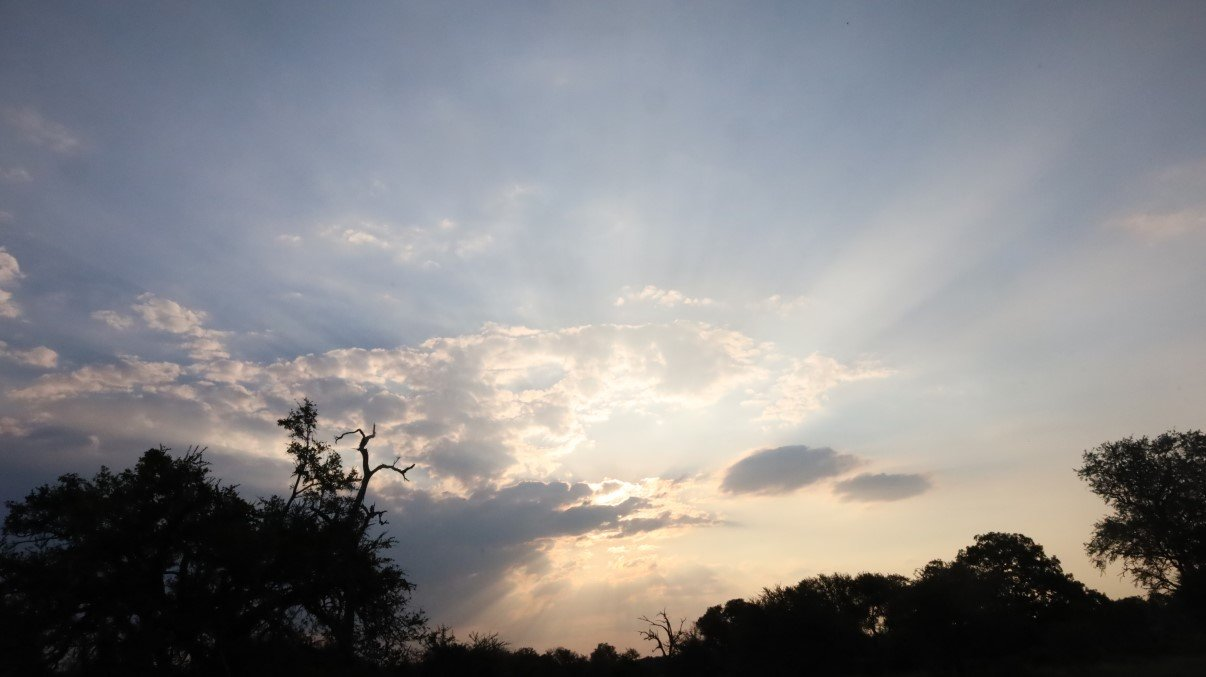



Mpumalanga and Kruger National Park